This article originally appeared on eightieskids.com
Mysterious Cities of Gold
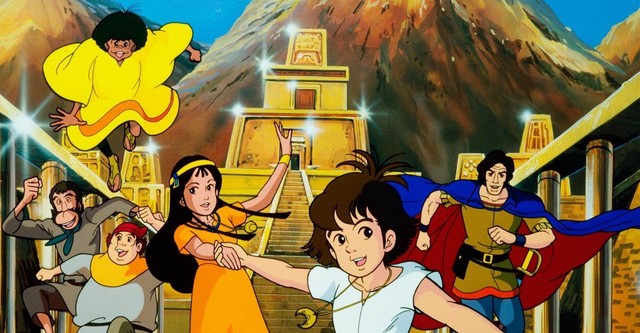
It’s hard to imagine the children of today getting excited about a story set against the early colonisation of America in the 16th century, but us 80s kids went crazy for The Mysterious Cities of Gold. It obviously didn’t hurt that the French-Japanese co-production had an unbelievably catchy theme tune.
Mysterious Cities of Gold centred on a young Spanish hero named Estaban, who – in search of his long-lost father – joins a band of explorers who head out to South America looking for the lost cities of the title. 39 episodes were made between 1982 and 1983, and the narrative was continued with a revival of the series in 2012, picking up where the original series left off.
Willo the Wisp

If you were a pre-schooler in early 80s Britain, Willo the Wisp might very well have been the very first TV cartoon you ever saw. This oddball series of 5-minute stories centred on a colourful cast of creatures living in a mystical wood, with narration from the title character: a friendly embodiment of the ghostly will-o’-the-wisp of English folklore.
Kenneth Williams, master of arch-camp and veteran of the Carry On films, provided the narration and all the voices (the title character was even modelled on him). 26 episodes of Willo the Wisp were made in 1981, and the ‘toon was later revived in 2005 with James Dreyfus on vocal duties.
Adventures of the Gummi Bears

Remember this Disney series, which took its name from the ever-popular sweets? The characters on the show didn’t look like they were made almost entirely of sugar and gelatin, but Adventures of the Gummi Bears proved a tasty recipe, running for six seasons from 1985 to 1991.
Set against a medieval backdrop, the show centred on a friendly woodland community of walking, talking bears, who harvest the magical juice of gummi-berries, which gives them the ability to bounce. This came in handy in their clashes with the fearsome ogres and their dastardly human commander Duke Sigmund Igthorn.
BraveStarr
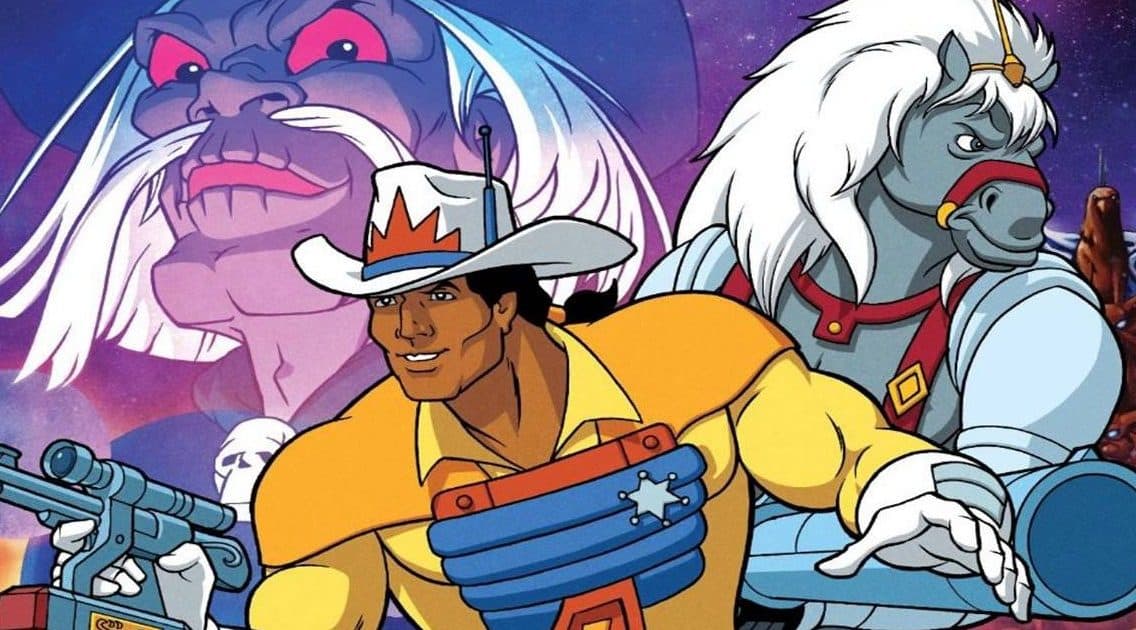
Almost certainly the only Native American lead in an kid’s cartoon, interstellar wild west lawman Marshall BraveStarr was the title hero in what proved to be the last show produced by 80s animation giants Filmation (who had enjoyed earlier hits with He-Man and the Masters of the Universe and She-Ra: Princess of Power).
Set in the far future on the distant planet New Texas, BraveStarr fights to keep the peace alongside his cyborg horse Thirty/Thirty. The best part of any episode was when BraveStarr had to call upon his mystic animal powers: eyes of the hawk, ears of the wolf, strength of the bear and speed of the puma!
Ulysses 31

With only 26 episodes made, Ulysses 31 may have been short-lived, but it made a big impression. A loose retelling of Homer’s The Odyssey as a space opera, the show follows the adventures of 31st century adventurer Ulysses, as he and his crew bravely struggle to get back home to Earth.
It was a pretty bold concept for a kid’s show, blending classical mythology with sci-fi adventure, as Ulysses’ fate is shaped by the ancient Greek Gods themselves. But it was the show’s eye-popping designs and animation that really won over young viewers, especially their awesome spaceship, aptly named The Odyssey.
Heathcliff and the Catillac Cats

Ask any child of the 80s to name an animated TV show about a cat, and, well, they’ll probably either say Garfield or Top Cat. But after they think a little harder, odds are they’ll also remember Heathcliff, a less lethargic but equally unorthodox feline.
Heathcliff never had quite the same charm as Garfield, but we still had a blast with the misadventures of the mischievous moggy. Plus you got the added bonus of two stories featuring different characters in every episode, thanks to the inclusion of the Catillac Cats; a slightly hipper, more 80s variation on the streetwise Top Cat gang.
The Centurions

A production of cartoon pioneers Ruby-Spears in conjunction with Kenner Toys and DC Comics, hi-tech action adventure The Centurions centred on a trio of futuristic soldiers in awe-inspiring robo-suits which are both weapons and vehicles: one for air, one for land, one for water.
Essentially The Centurions was just a flashier, more Americanised variation on Thunderbirds (they even had a space satellite HQ), but we happily ate it up at the time. Plus with it being the 80s, the team’s heroic leader Max Ray also sported an impressive Magnum P.I. moustache.
The Raccoons

Long before every kid in the world knew who Rocket was, there was only one animated raccoon for us: Bert Raccoon, accident-prone hero of cartoon series The Raccoons. Running from 1985 to 1992, this Canadian cartoon pitted Bert and his friends against greedy industrialist aardvark Cyril Sneer.
The Raccoons was among the first kids’ shows of the time to present environmentalist messages amongst all the colourful fun. Its end credits also sported the unforgettably rousing song Run With Us, sung by Lisa Lougheed (who also voiced Lisa Raccoon).
Battle Of The Planets
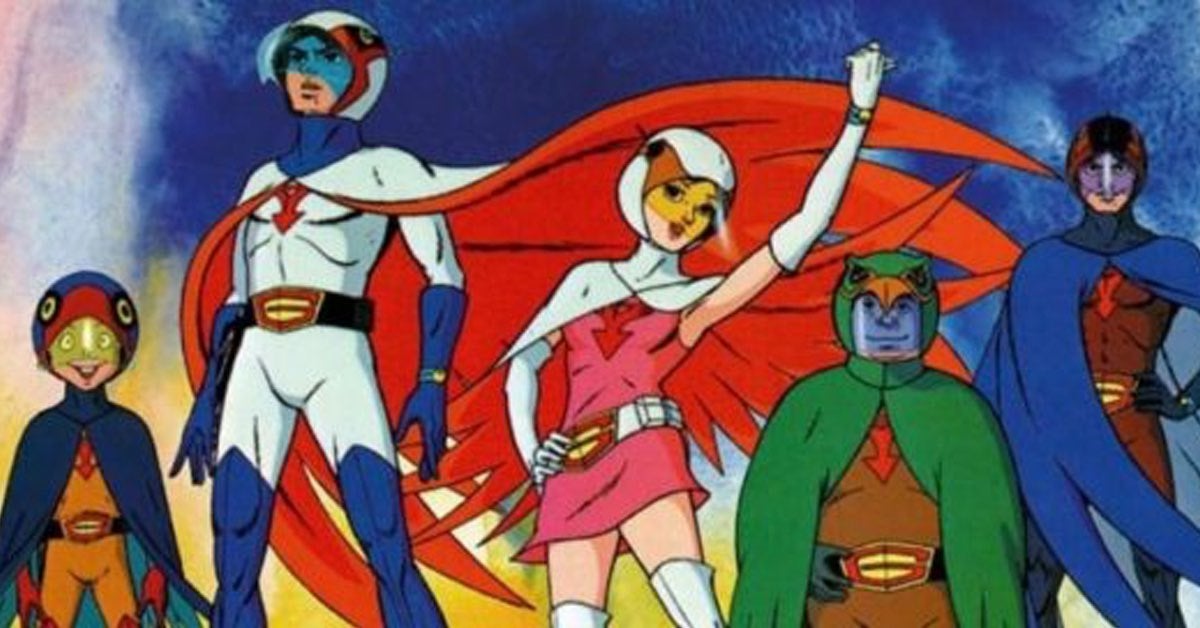
Battle of the Planets was originally released in the 1970s, and was an American adaptation of the Japanese anime series Science Ninja Team Gatchaman. Our heroes, G-Force, fought to keep the Earth safe from the attacking alien forces commanded by the villainous Zoltar.
As many of us were very young when we saw Battle of the Planets, it may be surprising to learn the original Japanese show was, by western standards, considerably less kid-friendly. It was significantly re-cut for Western television to remove the more extreme violence, sexual content and other provocative elements.
Batfink

Not every cartoon that was big with the kids in the 80s was an original product of that decade. Take Batfink, which was first broadcast all the way back in the 60s but didn’t really take off with young audiences until two decades later in reruns.
No prizes for guessing which well-known superhero this crime-fighting bat was an affectionate lampoon of. Still, as popular as Batfink was back then, it’s likely the show would prove controversial now thanks to the hero’s sidekick Karate, a culturally insensitive caricature of a Japanese man.
Bionic Six

As the 1970s had given us TV classic The Six Million Dollar Man and its equally beloved spin-off The Bionic Woman, by the 80s every kid knew that ‘bionic’ was just a synonym for ‘awesome.’ So, if you could have a bionic man and woman, why not an entire family of bionic people?
That’s just what we got in Bionic Six, a US-Japan co-production which originally aired between 1987 and 1989. The electro-mechanically-enhanced sextet used their superpowers to fight crime, but also had to deal with the usual day-to-day strife of any family unit.
Defenders Of The Earth

Long before The Avengers took to screens, the biggest superhero team-up was Defenders of the Earth. Vintage comic book characters Flash Gordon, The Phantom, Mandrake the Magician and Lothar teamed up to battle Flash’s old adversary Ming the Merciless.
For those of us who grew up loving the 1980 Flash Gordon movie (which is surely all of us), this was the closest we ever got to a sequel! Joining the battle (and giving the show a bit more kid-appeal) are Flash’s son Rick Gordon, the Phantom’s daughter Jedda, Lothar’s son LJ, and Mandrake’s ward Kshin.
Galaxy High
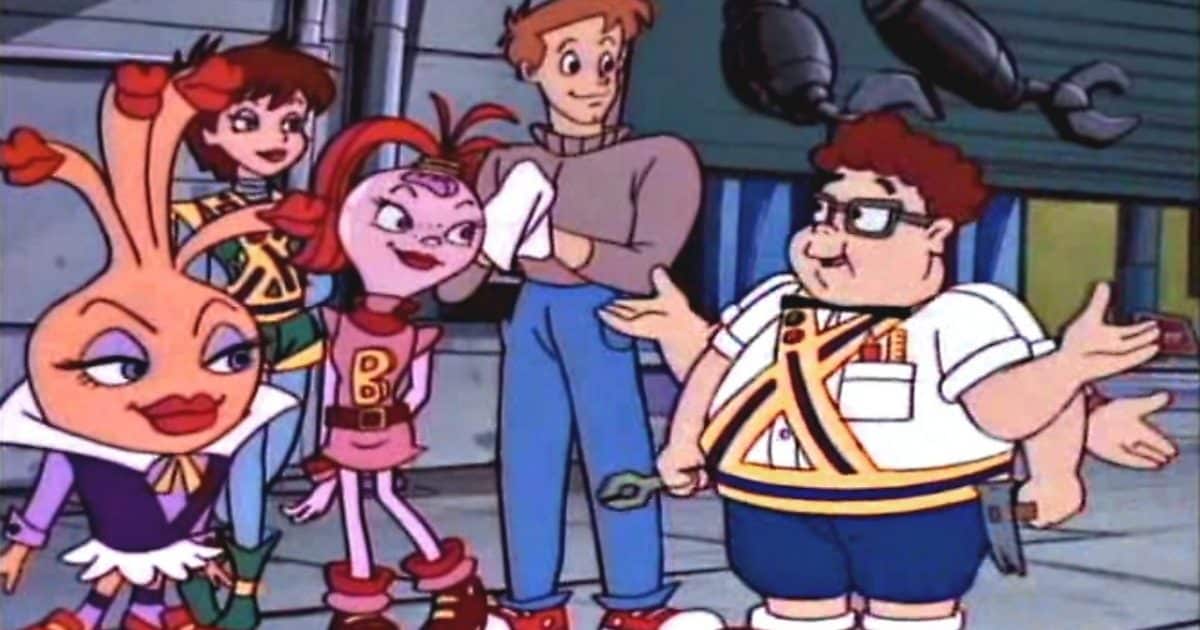
Launched in 1986, Galaxy High told the story of two earthlings – football star Doyle, and bookworm Amy – who are chosen to attend high school in outer space. Though well-liked, this sci-fi comedy surprisingly only ran for 13 episodes.
While Galaxy High isn’t the best-remembered cartoon of the 80s, it was created by a very notable Hollywood figure: Chris Columbus, writer of The Goonies and Gremlins, and later director of two Home Alone and Harry Potter movies.
Henry’s Cat
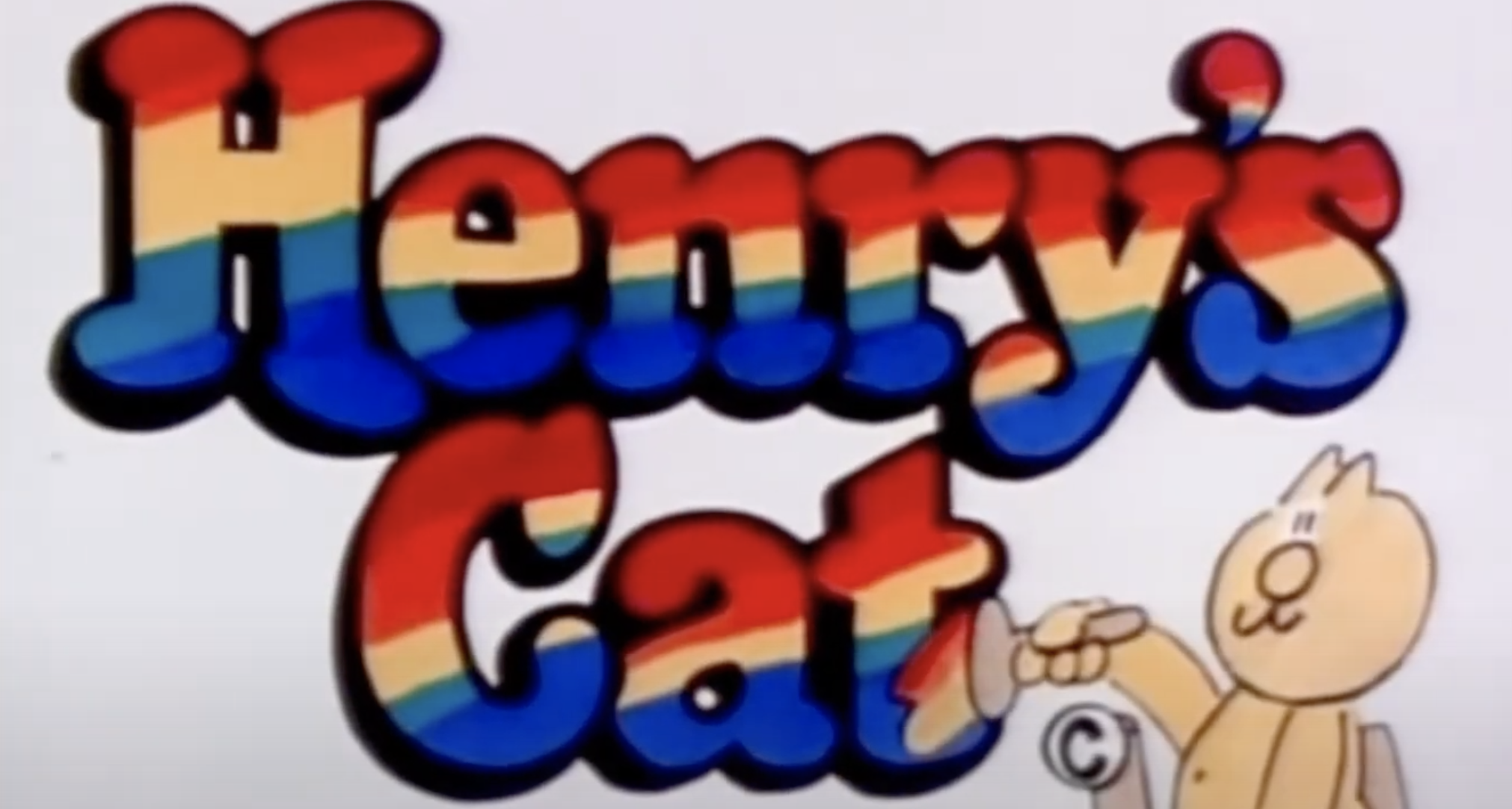
Animator Bob Godfrey had already made a major impact on kids of the 70s with his colourful creations Roobarb and Custard – and he had a similar impact on 80s kids with Henry’s Cat. Light on plot with a simple animation style, it followed the trials and tribulations of that ‘mellow yellow feline.’
Charming audiences young and old alike (thanks to its overtones of adult-pleasing wit), the show was first screened on the BBC in 1983, and ran to five seasons in total. Since its initial run ended in 1993, Henry’s Cat has lived on in reruns.
Jayce And The Wheeled Warriors

Sci-fi epic Jayce and the Wheeled Warriors centred on the Lightning League, human heroes commanded by plucky teen Jayce, who battle against the evil Monster Minds, vegetable-like mutations out to conquer the universe under the leadership of the evil Saw Boss.
Memorable for its awesome array of futuristic vehicles, the series sadly failed to gain much traction, and wound up being abruptly cancelled after 65 episodes. Its ongoing plot line was left unresolved, much to the frustration of the fanbase the show eventually built up.
Jimbo And The Jet-Set

Jimbo and the Jet-Set was a Children’s BBC production which ran for 25 episodes between 1986 and 1987. Not unlike Thomas the Tank Engine, the series recognised the inherit appeal of anthropomorphic vehicles to younger viewers.
The show was set at a fictitious London airport, and featured an array of sentient airport vehicles, as well as a rather irate air traffic controller; who can forget his anguished cries of “JIMB-OHH!” every episode?
King Rollo

Created by late children’s book author David McKee, King Rollo was an endearingly simple show in which the King of the title (a grown man, but rather childlike in nature) does his best to perform his regal duties with the assistance of his friends.
McKee was also the creator of earlier animated series Mr Benn, with which King Rollo shares a lot of common ground. As well as being animated in a very similar style to McKee’s early 70s show, King Rollo also featured the vocal stylings of Mr Benn narrator Ray Brooks.
Pigeon Street
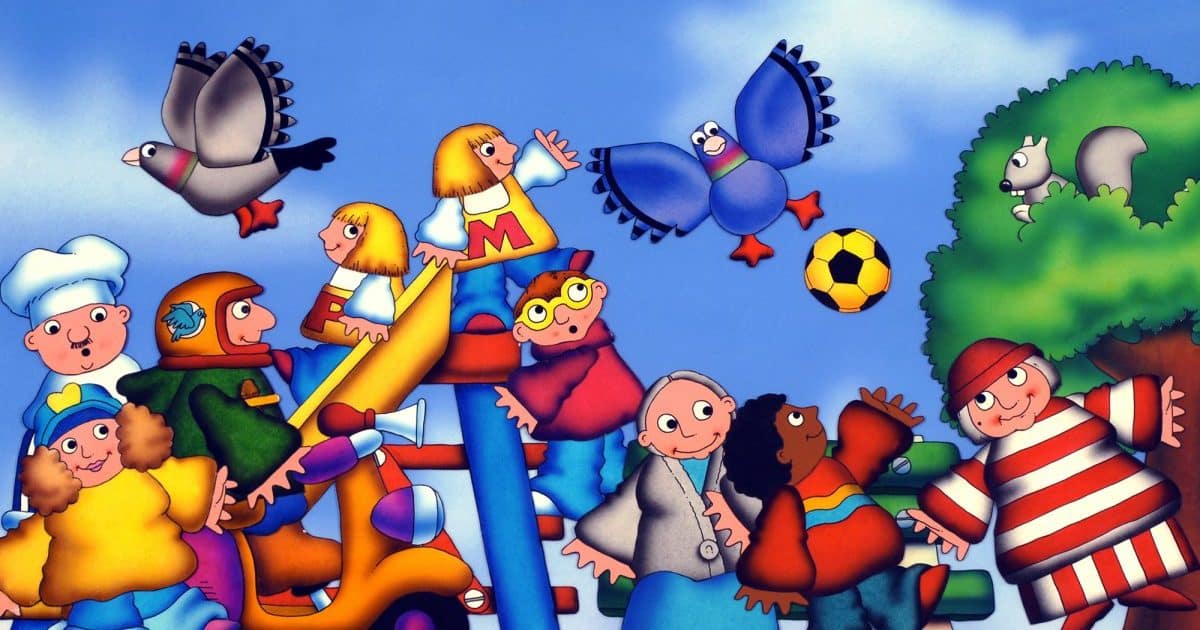
Pigeon Street is another 80s cartoon that made a big impression on kids in Britain at the time. The show featured the adventures of a group of residents living on Pigeon Street, which consisted of flats and terraced houses located in an undisclosed British city.
The street was also home to several pigeons (hence the name), although they were rarely an integral part of the plot. We recall being more enamoured with the human characters, particularly lorry driver Long Distance Clara!
Spider-Man And His Amazing Friends
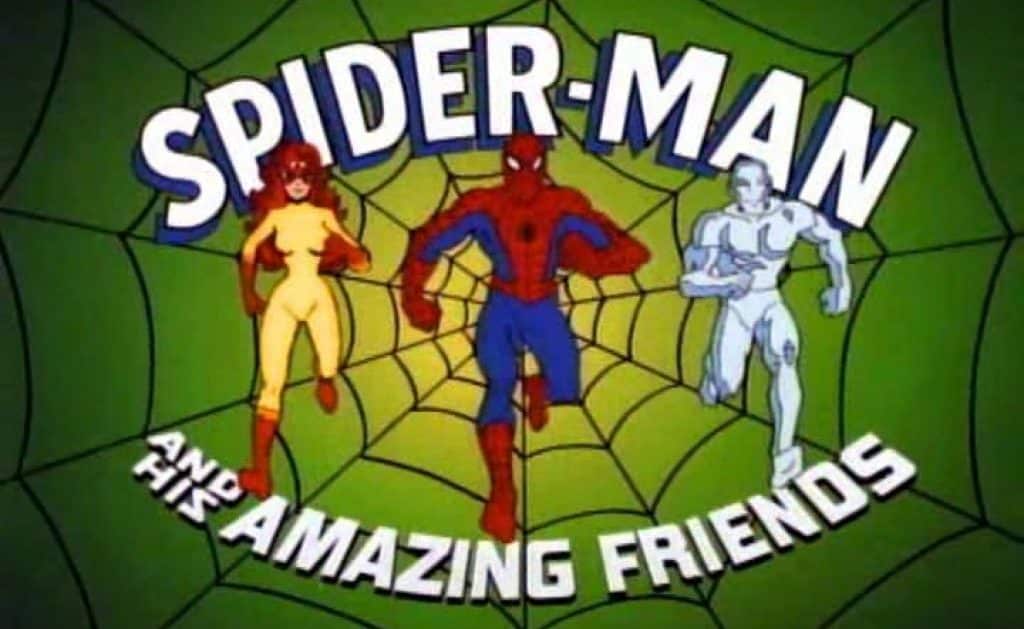
For those of us who grew up in a world without a slew of blockbuster movies featuring Marvel’s beloved wall-crawling hero, this cartoon series was our introduction to the friendly neighbourhood Spider-Man. Produced from 1981 to 1983, Spider-Man and his Amazing Friends ran for 24 episodes between 1981 and 1983.
The show united Spidey with the X-Men’s Iceman, plus an original character called Firestar, and their adventures often saw them team up with other Marvel characters including Captain America, Thor and the X-Men. For many of us, this helped sow the seeds for a Marvel obsession which endures to this day!
Visionaries: Knights Of The Magical Light
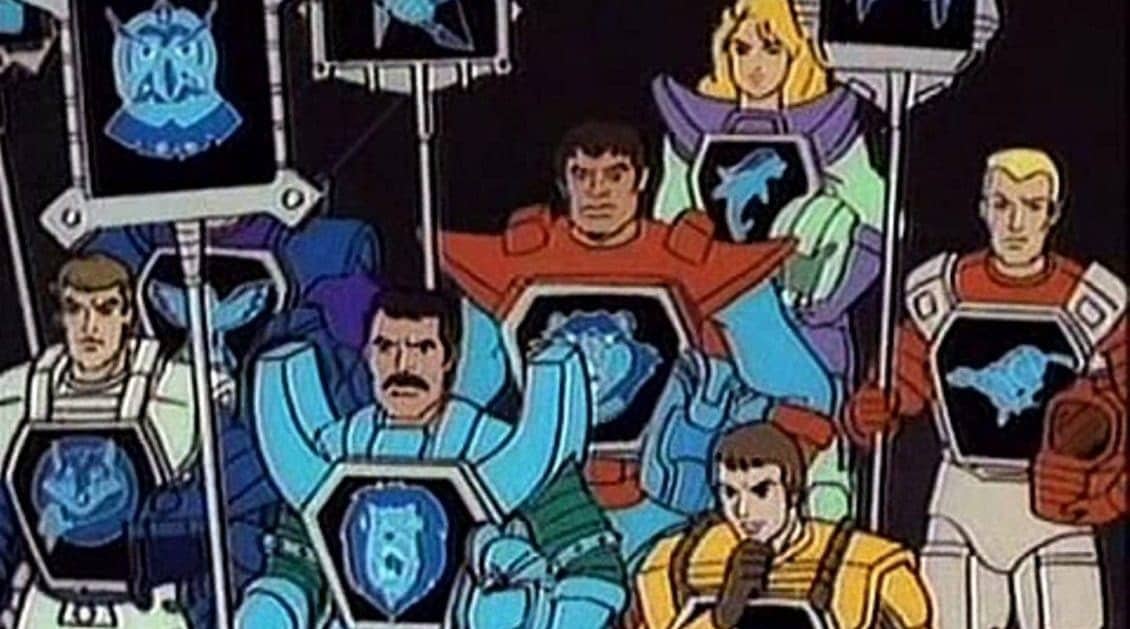
Visionaries: Knights Of The Magical Light was based on the Hasbro toy line, whose main distinguishing feature were the holograms on the breastplates of the heroic knights. In reality these were never as cool as in the show, in which magical creatures literally leaped from the heroes’ chests.
The story was set on a fictional planet named Prysmos, inhabited by a futuristic society whose technology suddenly ceases to function, forcing its citizens to rely on ancient magic to survive. Sadly, Visionaries never really took off and was axed after 13 episodes, although it still won plenty of admirers in that time.
Danger Mouse
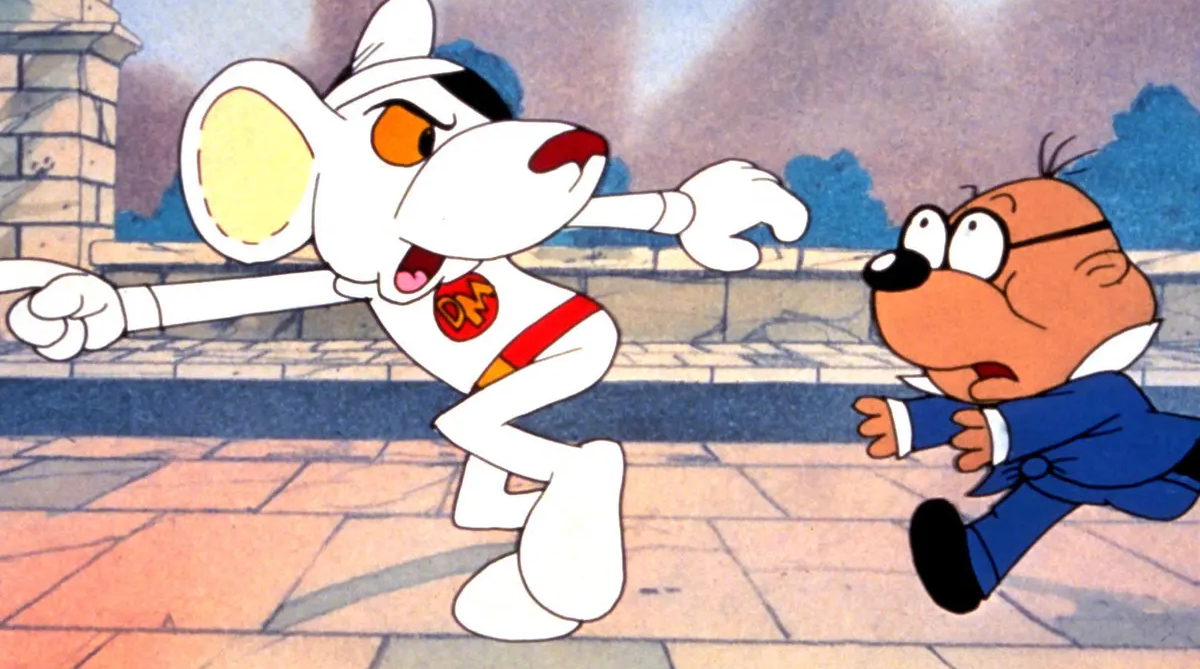
Danger Mouse was a British animated series that ran from 1981 to 1992, with a reboot in 2015. Its parody of the “posh British spy” concept popularized by live-action shows like Get Smart made it popular with adults and children alike. Danger Mouse can be found not just in comics and cartoons, but also on merchandise such as t-shirts, mugs, and throw pillows.
Jem and the Holograms

Jem was an animated series that originally ran on Hasbro’s cable network in 1985. The show centered around Jerrica Benton; a teenager who becomes the lead singer of a band called The Holograms when she uses a holographic computer built by her father. The computer was called Synergy, and Jem could use it to change her appearance by syncing it with her earrings.
Muppet Babies
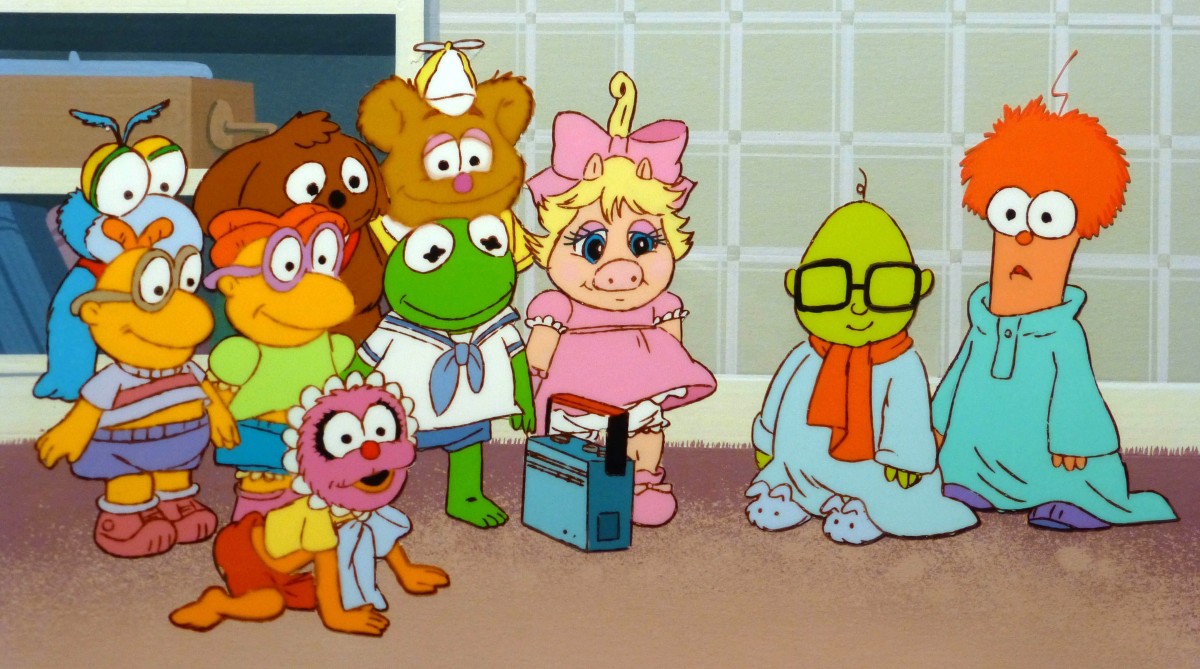
Muppet Babies was part of a wave of animated shows that followed in the wake of the success of The Muppet Show. The series featured pint-sized versions of popular characters from other Muppet projects like Sesame Street and The Muppet Show. The show ran for 107 episodes. In 2018, The Walt Disney Company rebooted Muppet Babies with a new generation of viewers in mind.
Mister T

Like Scooby-Doo, the cartoon Mr. T was about a celebrity who led a team of crime solvers. The difference was that Mr. T was a motivational speaker as well as a coach, and the team traveled the world instead of just America. The cartoon’s diversity was a rarity for the time, but Mr. T’s fading popularity led to its cancellation by the end of the decade.
Inspector Gadget
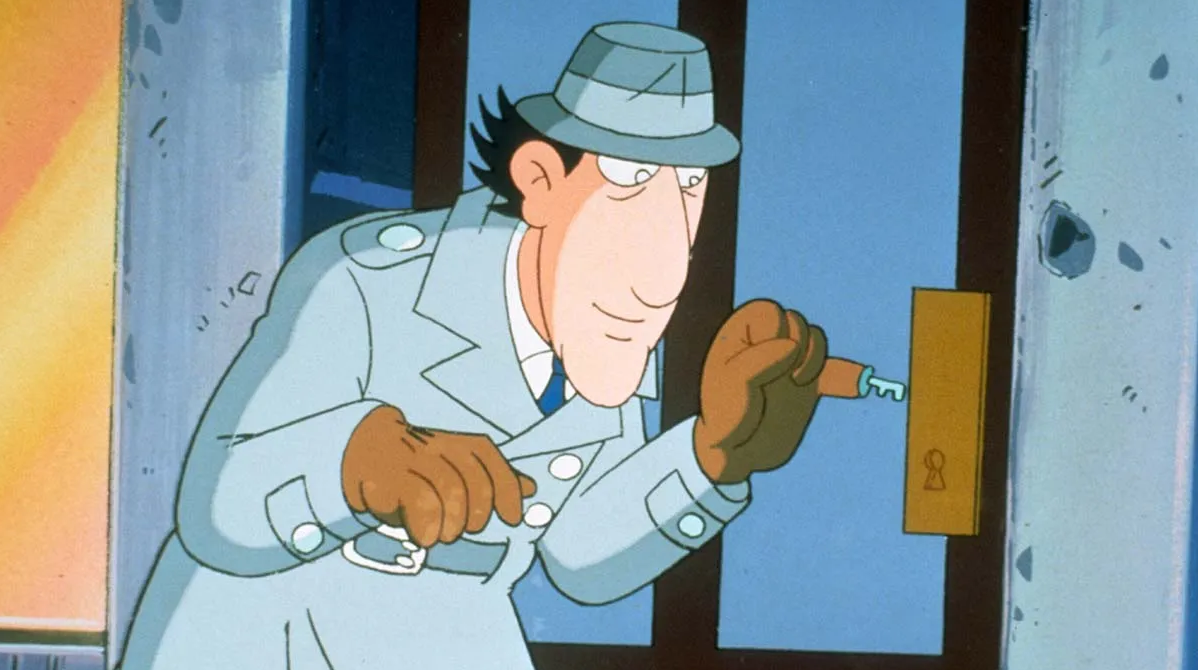
Inspector Gadget was a cartoon character from the ’80s who could turn himself into whatever gadget he needed to catch bad guys. Voiced by Don Adams and modeled on the classic TV show Get Smart, the show poked fun at dumb cops who somehow always managed to catch the bad guys anyway. Penny, Gadget’s niece and Brain, her dog, often helped him defeat criminals.
Heathcliff
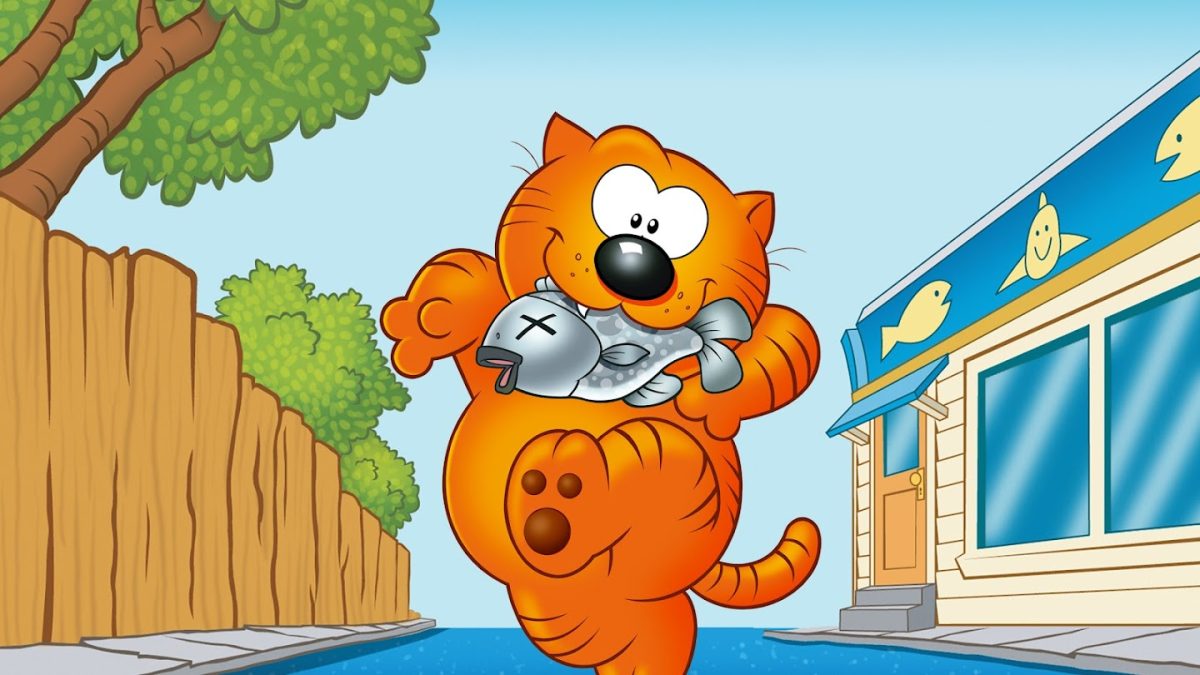
Some 1980s kids were fans of Garfield, some liked Charley. But others preferred Heathcliff, who was voiced by Mel Blanc, who is famous for his work with Looney Tunes cartoons. Heathcliff was a mischievous cartoon cat who lived in a town with many other cartoon animals. The show ran for five seasons and was based on a comic strip created by George Gately in the 1970s.
Silverhawks

After the success of Thundercats, Silverhawks was created. It was similar to its predecessor but featured winged humans from the future rather than catlike aliens. The escaped alien mob boss Mon*Star was one of the main villains in the show. The Silverhawks were a superhero team that only lasted one season, but they enjoyed 65 episodes, a comic book series and a toy line.
Snorks
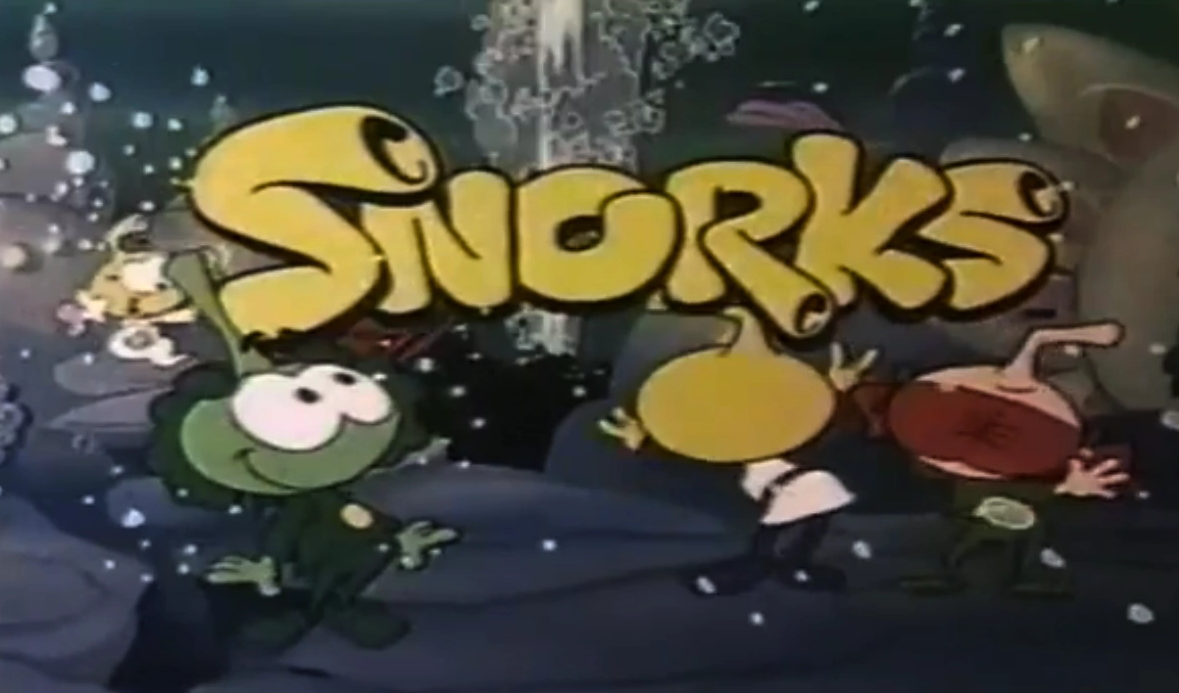
Although it ran for four seasons and 65 episodes, Snorks has remained relatively unknown and never achieved the popularity of its sister show, The Smurfs. Both shows are about small colorful creatures living in fictional lands – except the Snorks lived underwater. While The Smurfs remains a beloved classic, Snorks never gained mainstream popularity. It’s not hard to see why; this show simply wasn’t as good.
Denver The Last Dinosaur

Denver the Last Dinosaur is a cartoon about a group of teenagers who hatch and raise a dinosaur in the 1980s. Denver soon learns everything he needs to know about life, from skateboarding to heavy metal music. Denver also had the ability to travel back in time to pre-historic Earth. Unfortunately, the show only lasted two seasons.
COPS

Set in the year 2020, a crime syndicate known as the CROOKS – led by Big Boss Babel – has taken over Empire City and gained control of most of the city’s police force. The COPS are a group of super-cops who protect Empire City from the CROOKS and other threats. Despite lasting only one season, COPS also headlined a comic series published by DC.
The World of David the Gnome

The World of David the Gnome is one of those shows that you may not have heard of, but if you were around in the 1980s or early 1990s, it might bring back some memories. The animated series is about a gnome named David who lives a simple life in the forest with his family. The show introduces different kinds of gnomes and their adversaries, the trolls.
Mighty Orbots

Mighty Orbots was a response to the popular Transformers series, which featured robot pilots who fought for freedom and justice as they moved through space. The cartoon is set in the 23rd century when Earth has allied with alien races to achieve galactic peace. However, an evil organization called SHADOW is opposed to this idea. The show ended with a bang: the SHADOW homeworld was destroyed.
Dinosaucers

The cartoon Dinosaucers, about a group of friendly dinosaur-alien hybrids and their human allies, is a great example of ’80s animation. The Secret Scouts and the titular Dinosaucers are a team of heroes who team up to defeat the Tyrannos, evil dinosaurs who are trying to take over the world. The show ran for 65 episodes but was briefly revived in comic format in 2018.
Bananaman

Bananaman is an animated series based on a British comic book that parodies superheroes. The premise of the show remains the same from its original publication: a young boy becomes a superhero whenever he eats a banana. Eric Twinge, also known as Bananaman, could eat extra bananas to gain super-strength, but if he ate too many at once he would become obese.
Camp Candy

The TV show Camp Candy was all about a summer camp built and run by the late comedian John Candy. In each episode, Candy would try to persuade the campers to take part in different activities. These would remind him of stories from his past, which he then narrated in flashbacks. The show featured two primary antagonists, Rex DeForest III and Hob Nayles.
Ewoks
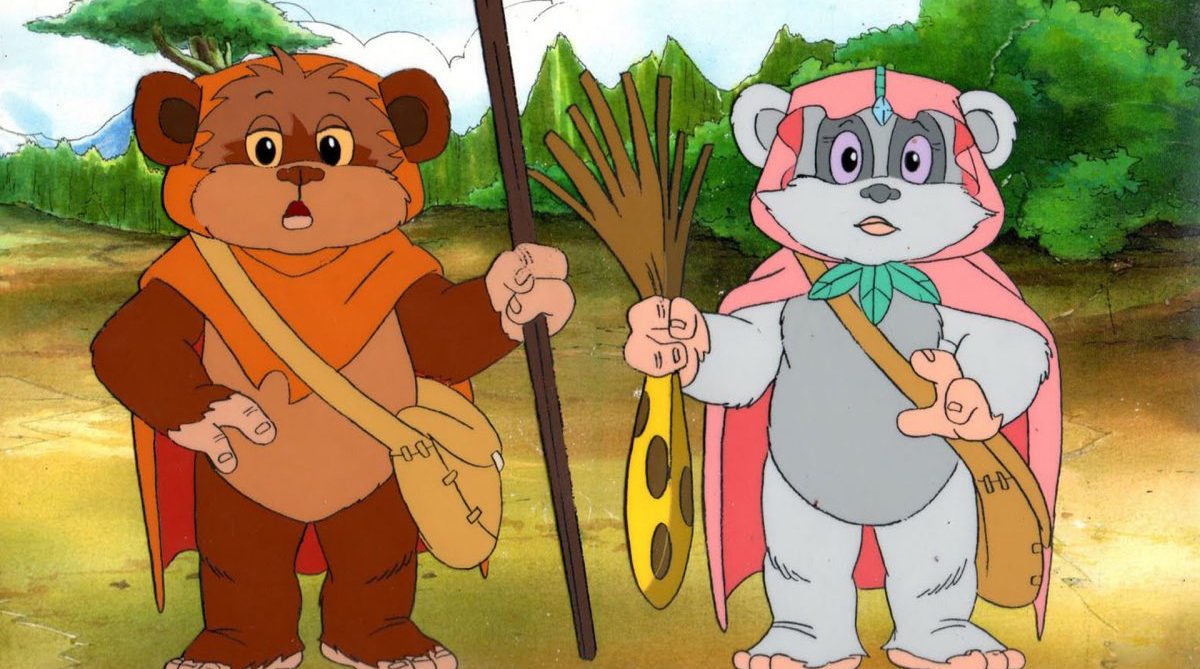
In 1983, the third film of the original Star Wars trilogy was released. The cuddly Ewoks, introduced in Return of the Jedi, were so popular that they were soon featured in their own Saturday morning cartoon. The cartoon Ewoks centered on an Ewok named Wicket W. Warrick and his family and friends. It lasted two seasons.
Pac-Man: The Animated Series

It makes sense that Pac-Man would be the first video game character to get his own cartoon series. After all, he’s one of the most recognizable characters in the industry! The show centered on Pac-Man, his wife Pepper Pac-Man, and their pets. The couple’s enemies were the Ghost Monsters – Sue, Clyde, Pinky, Inky, and Blinky.
Rubik the Amazing Cube

The Rubik’s Cube was a popular toy in the early 1980s. However, sales of the cube began to plummet by 1983, and this likely contributed to the cancellation of Rubik the Amazing Cube after one season. The cartoon series featured a Rubik’s Cube who could fly and talk. The cube possessed special powers and assisted a group of kids in their adventures.
Dungeons and Dragons

With its fantasy/adventure plot, Dungeons & Dragons was one of the most popular shows on television for kids in the 1980s. The show focuses on a group of six friends who are transported into the realm of Dungeons & Dragons, following their adventures as they try to find a way home with the help of their guide, or Dungeon Master.
Teen Wolf

The animated Teen Wolf series differed from the film in a few ways, most notably with its hero. In the movie, Scott’s transformation into a werewolf makes him popular with other students; in the cartoon, only his family and a few friends know about his lycanthropy. The cartoon ran for two seasons.
Shirt Tales

Shirt Tales was inspired by the popularity of Hallmark greeting cards featuring animals wearing shirts with different sayings printed on them. In the cartoon, characters like Tyg Tiger, Digger Mole and Bogey Orangutan wore colorful shirts and fought crime in their hometown of Mid City.
The Dukes

The Dukes, a cartoon released in 1983, featured some elements that would be considered politically incorrect today – but kids loved it. The cartoon featured Boss Hogg and Sheriff Roscoe P. Coltrane car-chasing the Duke cousins in a variety of exotic locations.
Count Duckula

Duckula, the star of a spin-off of the popular Danger Mouse series, did not have the cultural impact of its predecessor. While Danger Mouse has seen a revival in recent years, Duckula has not. Duckula was an animated series about a vampire duck who was resurrected through the ages, but each time with no memory of its previous life.
Lazer Tag Academy

Set in a future where Lazer Tag is an extremely popular sport, Lazer Tag Academy tells the story of Jamie Jaren – a Lazer Tag champion who is sent back in time to protect her ancestors from the criminal Draxon Drear – who has just awoken from suspended animation.
SuperTed

SuperTed is a children’s television series that was created in 1985 and follows the adventures of a teddy bear who is given superpowers by an alien from outer space. Teddy bear Chris and alien Spotty travel to different planets and dimensions, righting wrongs and foiling villains.
Pound Puppies
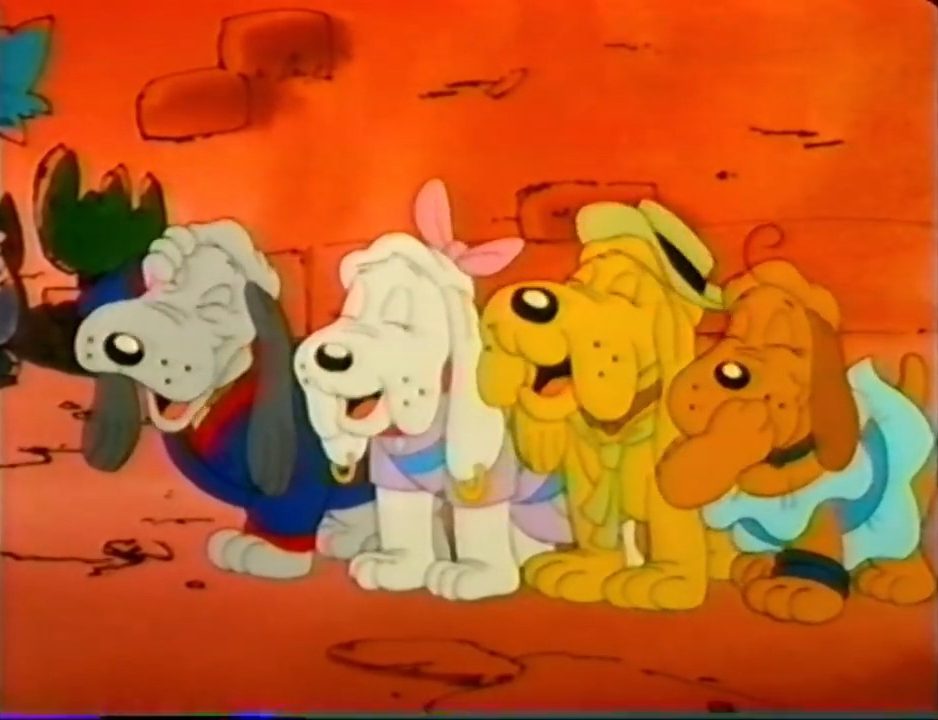
Pound Puppies is an animated series created in 1985 by Hanna-Barbera. The series follows the lives of puppies who live at a pound and help their owners find new homes for stray dogs. The show originally lasted two seasons and was rebooted in 2010, with the focus shifting from showing dogs available for adoption to documenting how the pound puppies try to find homes for dogs.
Dino-Riders

Dino-Riders is one of the more bizarre 80s cartoons. The show follows a group of humans who are engaged in a war against aliens. When fleeing from their foes, the humans use crystals to travel to pre-historic Earth, where they befriend dinosaurs and use them to battle their enemies. The series only lasted 14 episodes but spawned toy lines and a comic book miniseries.
Captain N: The Game Master
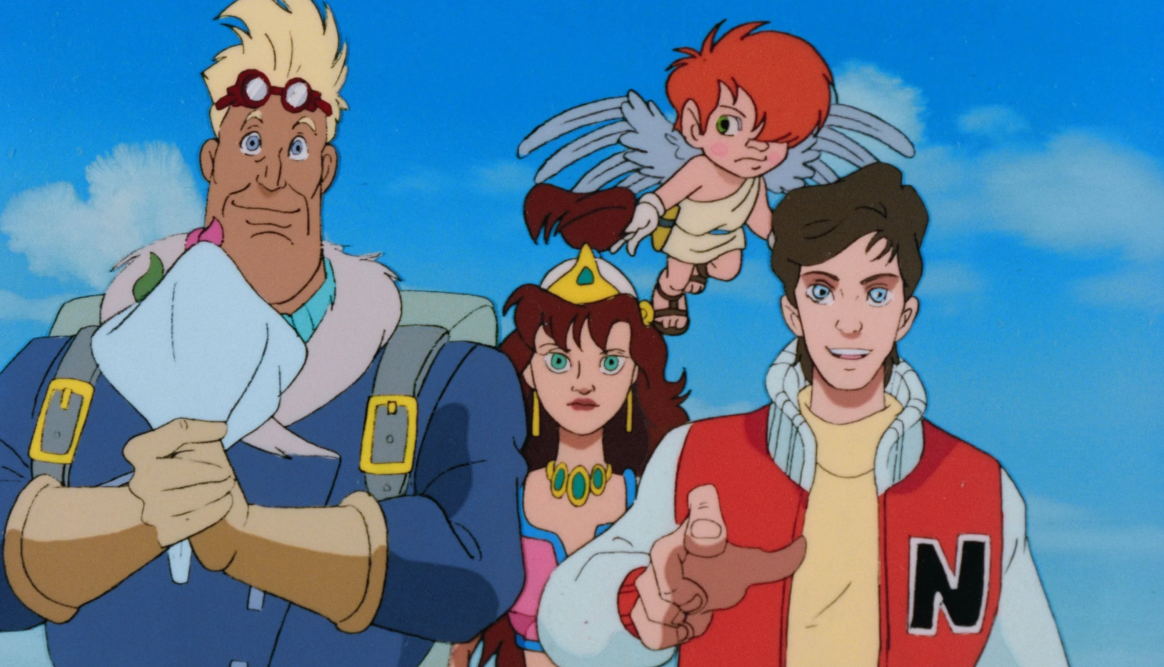
Before the movie Super Mario Bros. hit the big screen in 2023, Nintendo produced a cartoon called Captain N: The Game Master. The show featured a cast of characters from several popular Nintendo games. The cartoon focused on Kevin Keene, a teenager who is transported into a video game-themed world called Videoland and must work alongside video game characters to defend it.
Popples
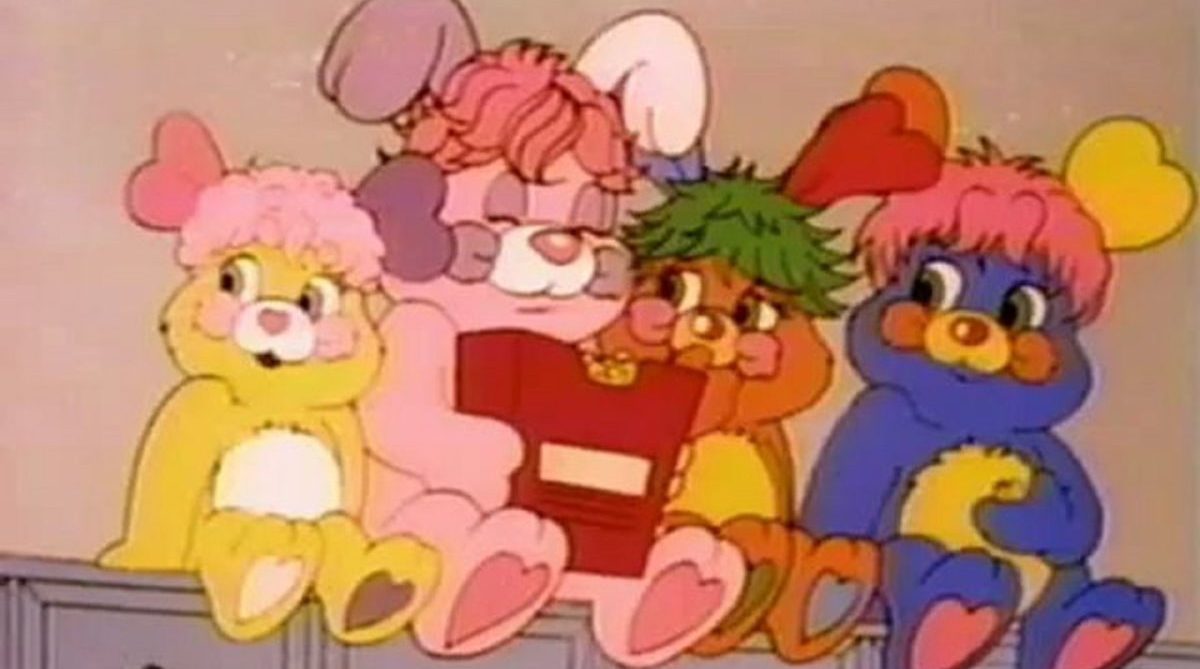
Popples is a series about adorable bear-like creatures that roll up into little pouches on their backs. The show follows these Popples as they convince the neighborhood children to get into mischief. However, the children always manage to fix things before an adult finds out about the Popples’ antics.
M.A.S.K
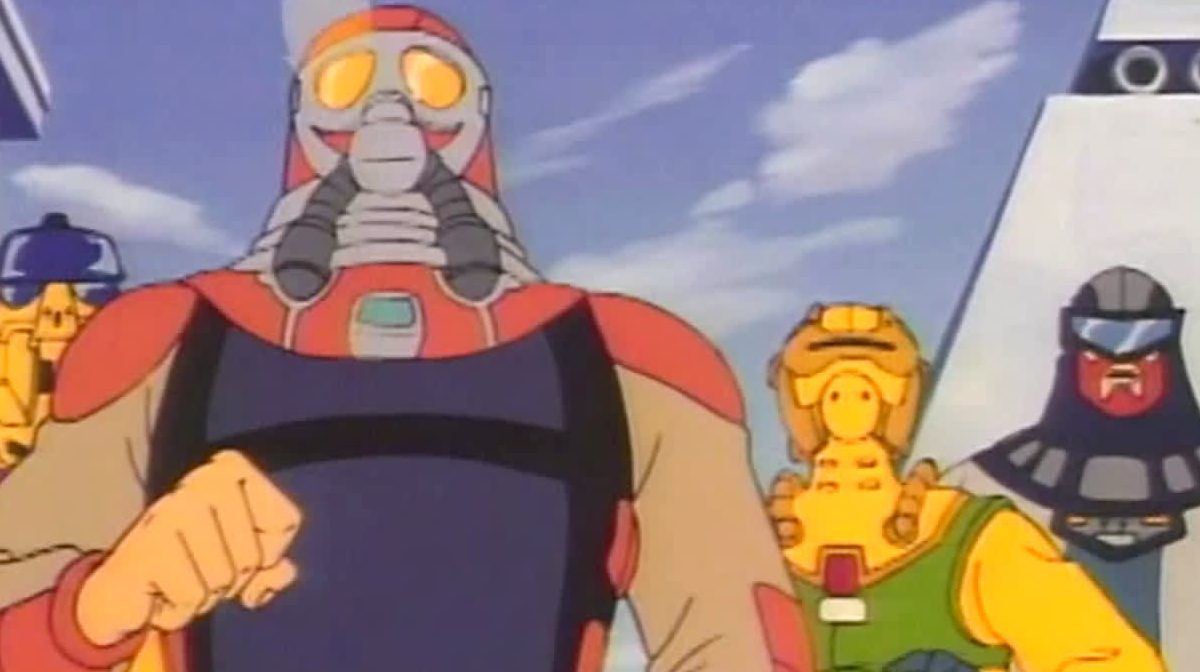
The cartoon series M.A.S.K. was created to promote a toy line of the same name. The show is about a special task force called the Mobile Armored Strike Kommand, which battles against their nemesis Vicious Evil Network of Mayhem, or V.E.N.O.M. Unfortunately, the series only ran from 1985 to 1986 before being canceled by its network.
He-Man and The Masters of the Universe
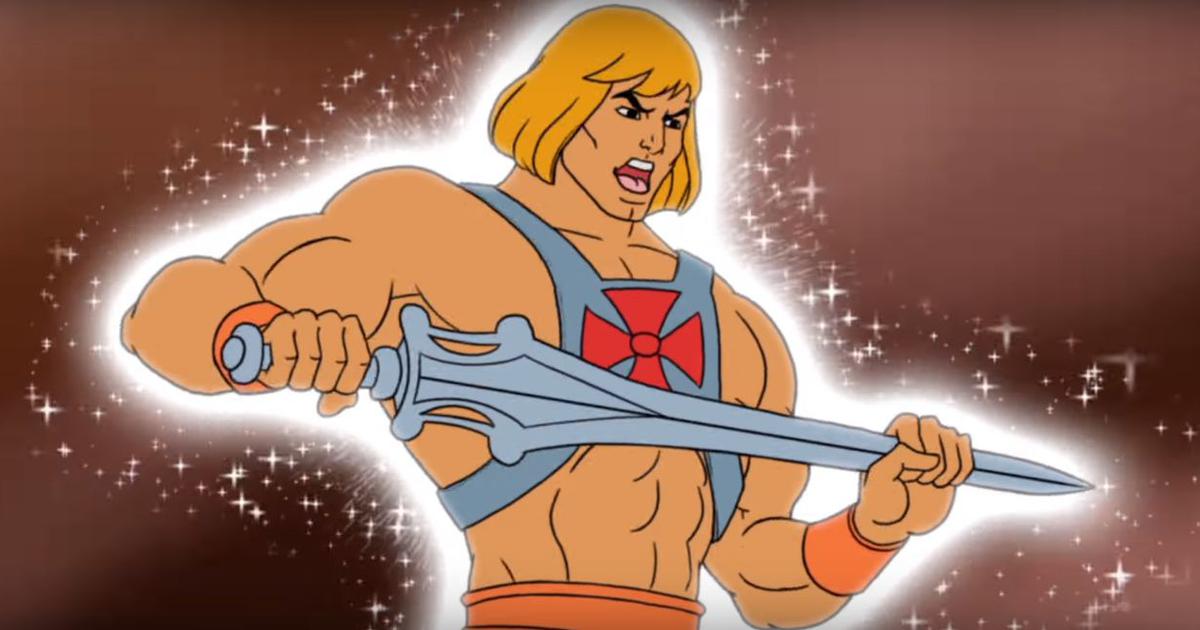
He-Man was the epitome of masculinity back in the 80s, with his rippling biceps, speed-bump abs, and leg muscles exposed for all to see. The cartoon follows Adam, the son of Queen Eternia in his quest to find the sword that transforms him into He-Man, allowing him to defeat the evil mastermind Skeletor, who is vying for his mother’s throne. He-Man is one of the most beloved exports of 80s kid’s TV.
ThunderCats
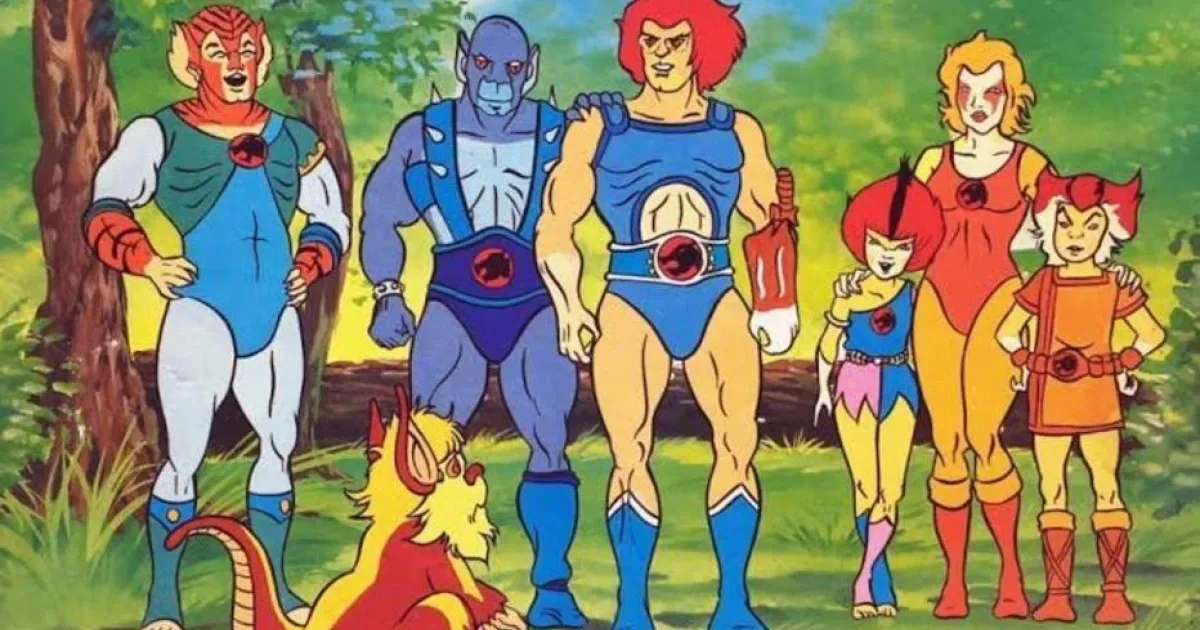
It is well known that kids have a strangely high tolerance when it comes to creepy things such as clowns, picking bugs up off the floor, and ThunderCats. My oh my, the ThunderCats look like facepaint jobs at the fair that have been taken too far. Why are the cats so human-like? Were they the inspiration for the live-action Cats flop of 2019? Who knows. Anyway, ThunderCats proved extremely popular in the 80s and focused on the cat-people escaping their homeland in search of pastures new.
Teenage Mutant Ninja Turtles
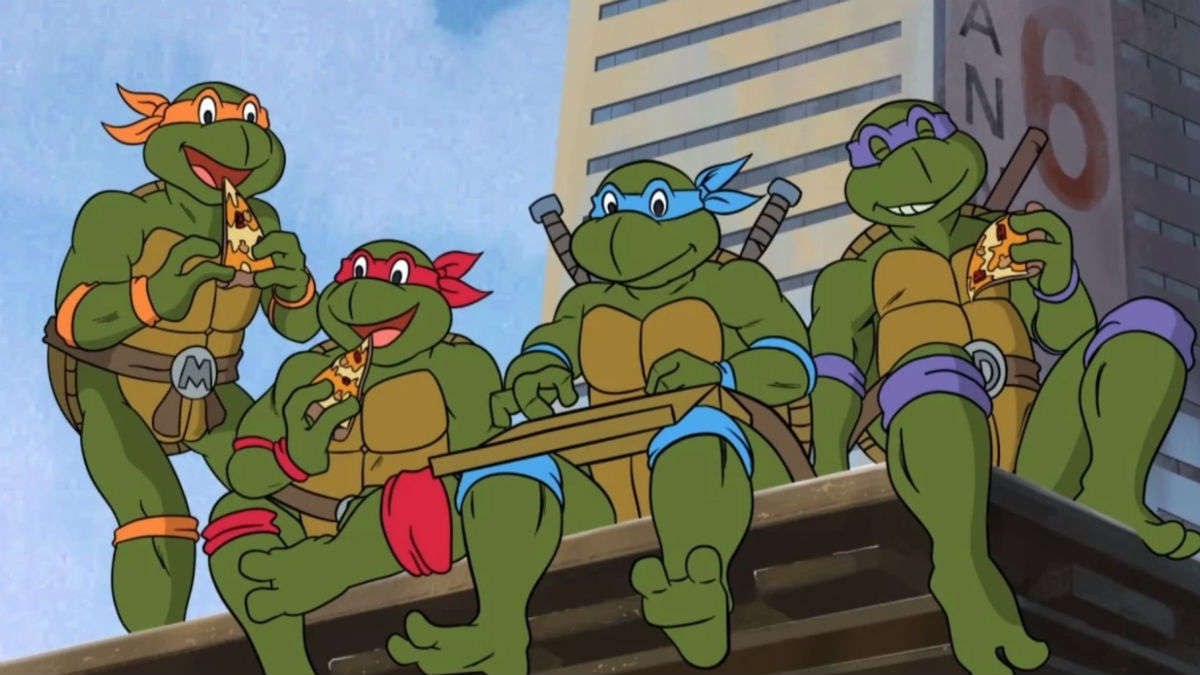
The 80s saw the on-screen debut of the famous comic book characters, the Teenage Mutant Ninja Turtles. The cartoon followed them in their New York City-based adventures, which involved training in martial arts, fighting crime, and eating lots of pizza. Although they all looked relatively similar, it seemed everyone had a favorite turtle, which you most likely would have chosen because you liked the color of their bandana.
DuckTales
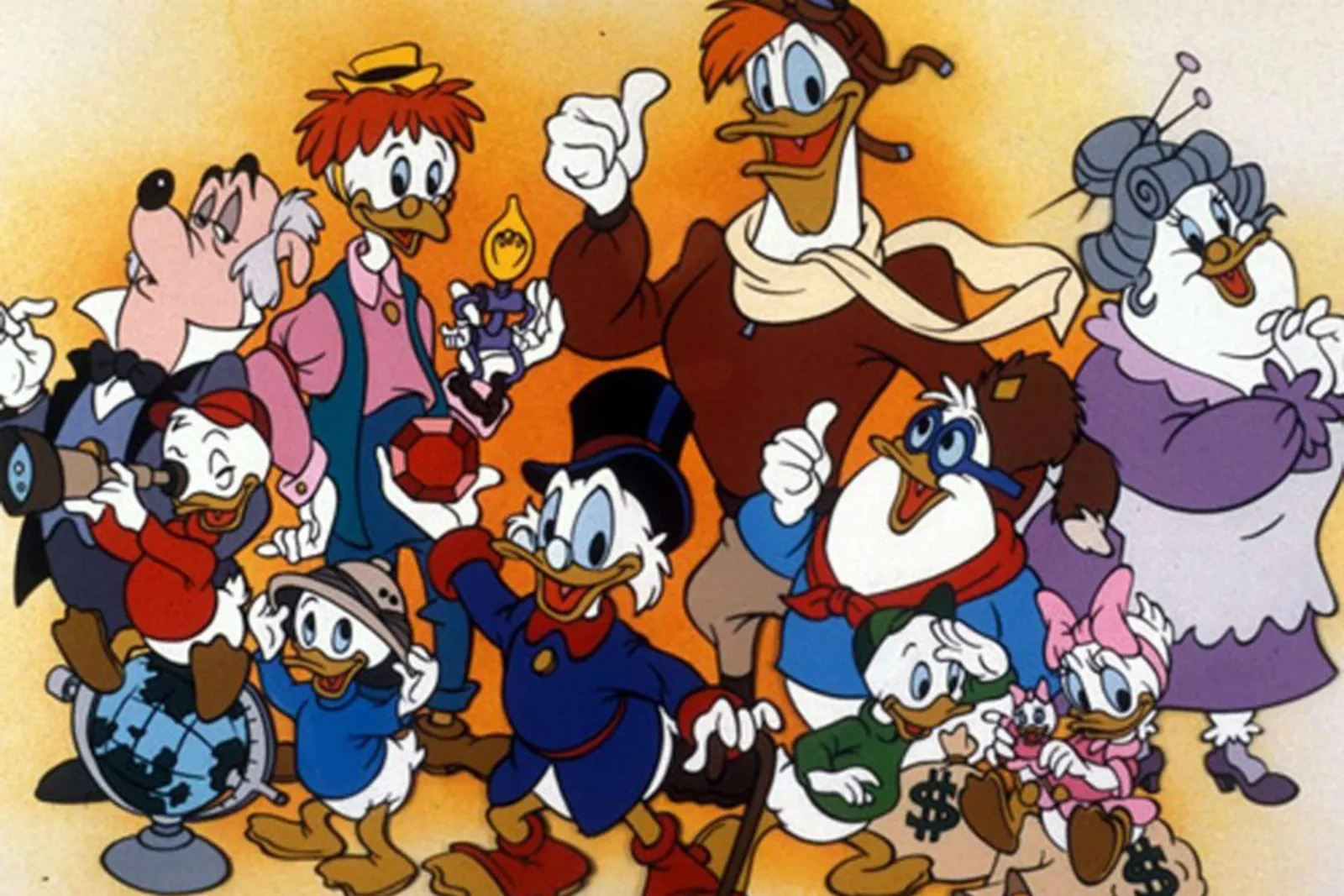
DuckTales was another branch off the Disney tree, centering around Dewey, Huey, and Louie and their wild escapades, while under the care of their uncle, Scrooge McDuck. You can guess what kind of character he was from his name alone. The adventures that the three ducklings went on consisted of excavating mines, to protecting their uncle’s riches from thieving little hoodlums.
The Bugs Bunny Show
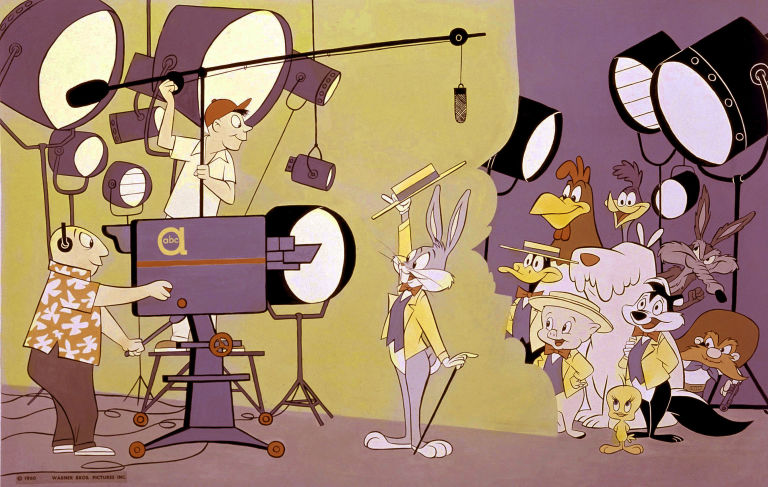
Bugs Bunny is a legend of the cartoon game, having been around since 1940, outliving the average lifespan of a rabbit by almost 75 years! The Bugs Bunny Show ran throughout the 1980s and featured a whole host of other famous names, including Tweety Bird and Road Runner. It was segmented into three ten-minute cartoons, providing easy Saturday morning viewing for kids around the world.
The Transformers
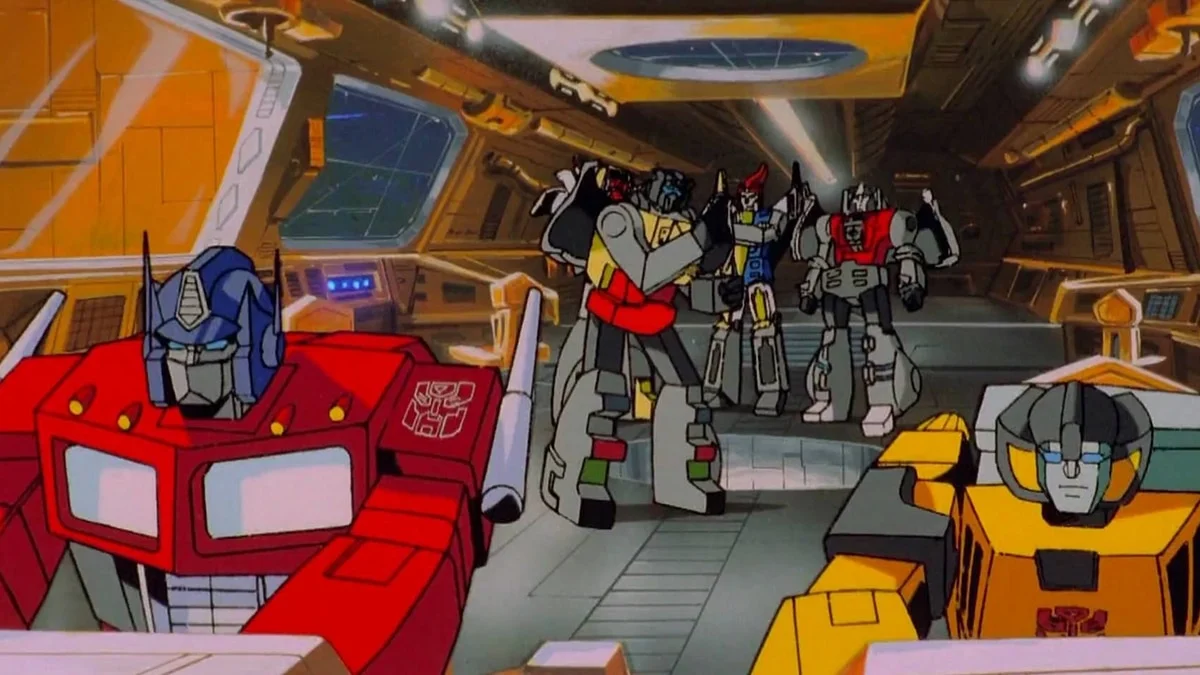
The plot for the original Transformers cartoon in 1984 may have been loose, but the concept is undeniable. Cars that turn into robots that turn back into cars had kids across the world on the edge of their seats, secretly wishing they could also transform in such a manner. The franchise has remained healthy ever since.
The Smurfs
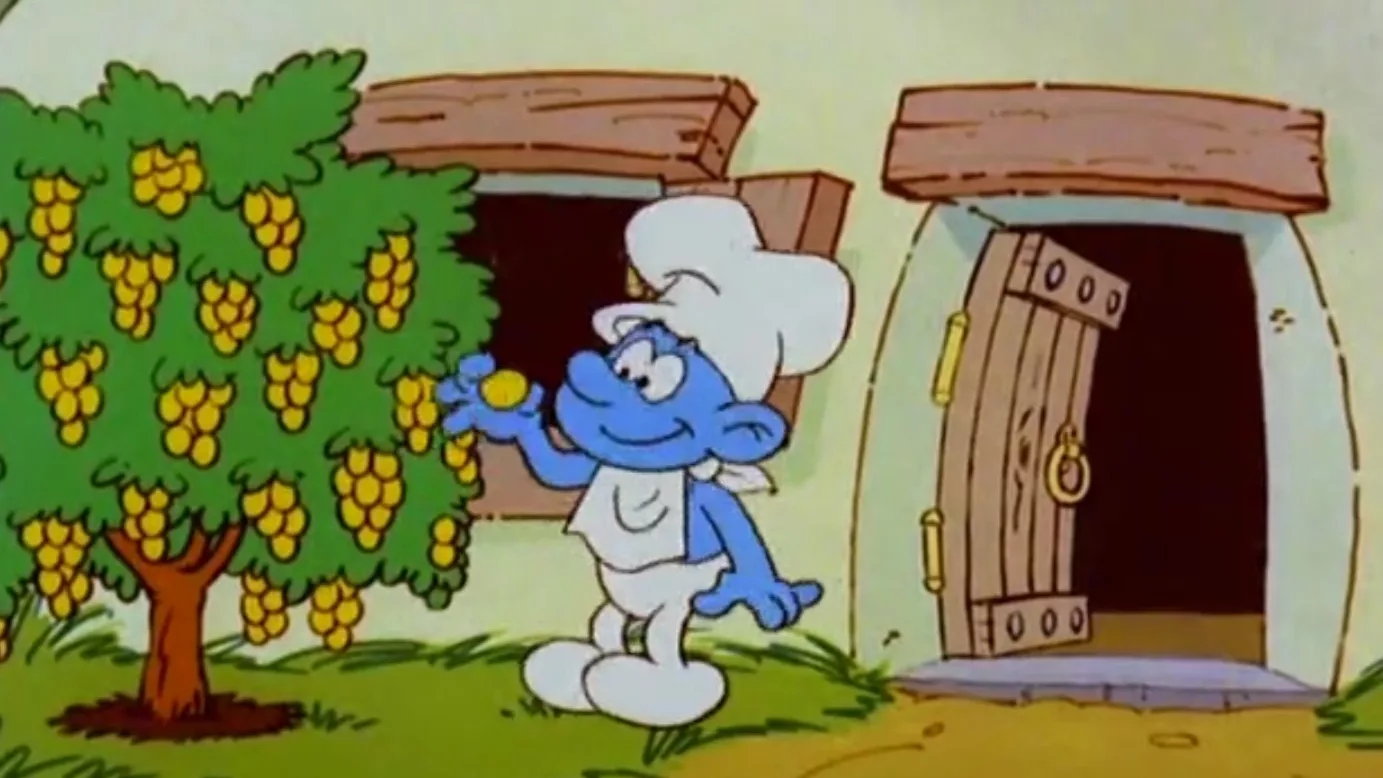
The Smurfs were the original blue people, before the Blue Man Group, or any of that Avatar nonsense. Originally a comic book series developed in Belgium in the 1950s, the Smurfs would have to wait until 1981 to make their animated on-screen debuts. The series followed them as they repeatedly outdid the evil sorcerer Gargamel and his cronies, who were constantly out to do the little Smurfs harm.
Chip ‘N Dale Rescue Rangers
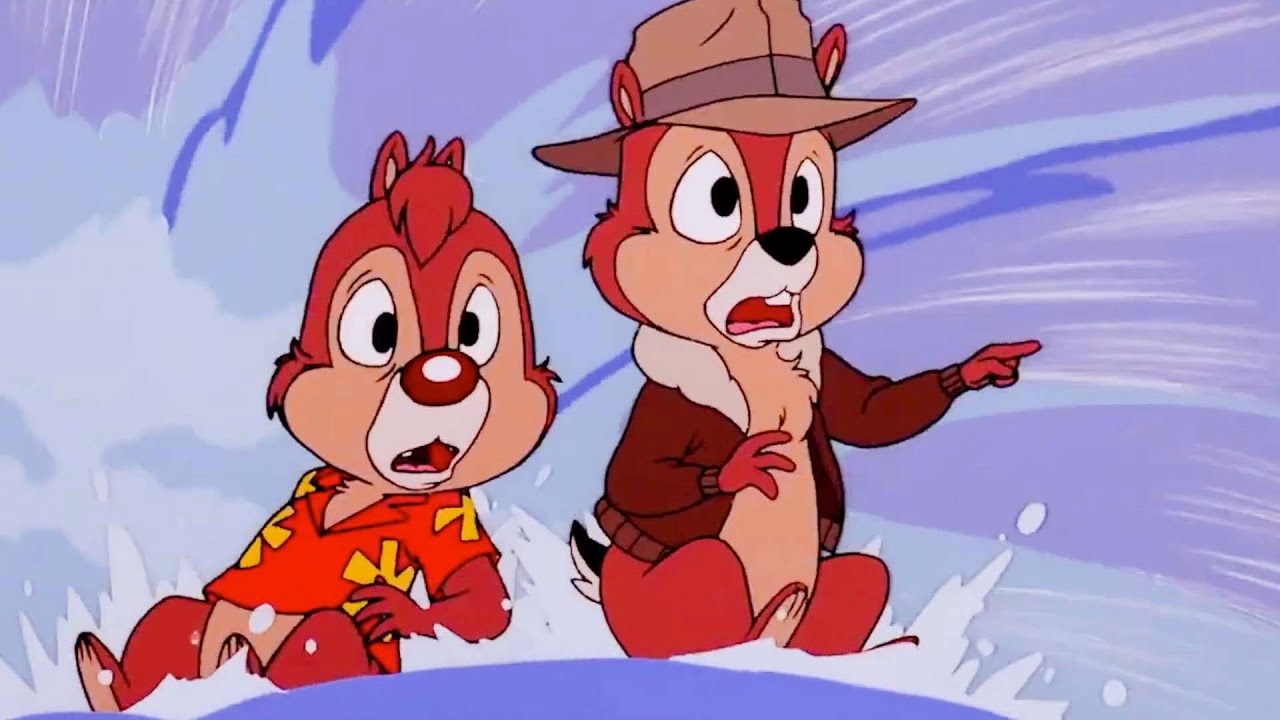
Chip ‘N Dale, the two mischievous Chipmunks, had a spinoff show that came at the very tail end of the 1980s and involved them setting up a detective agency. Everyone should have a side hustle. The two chipmunks found their niche in solving crimes on behalf of other animals which, for some unknown reason, the human police tended to overlook.
Garfield and Friends
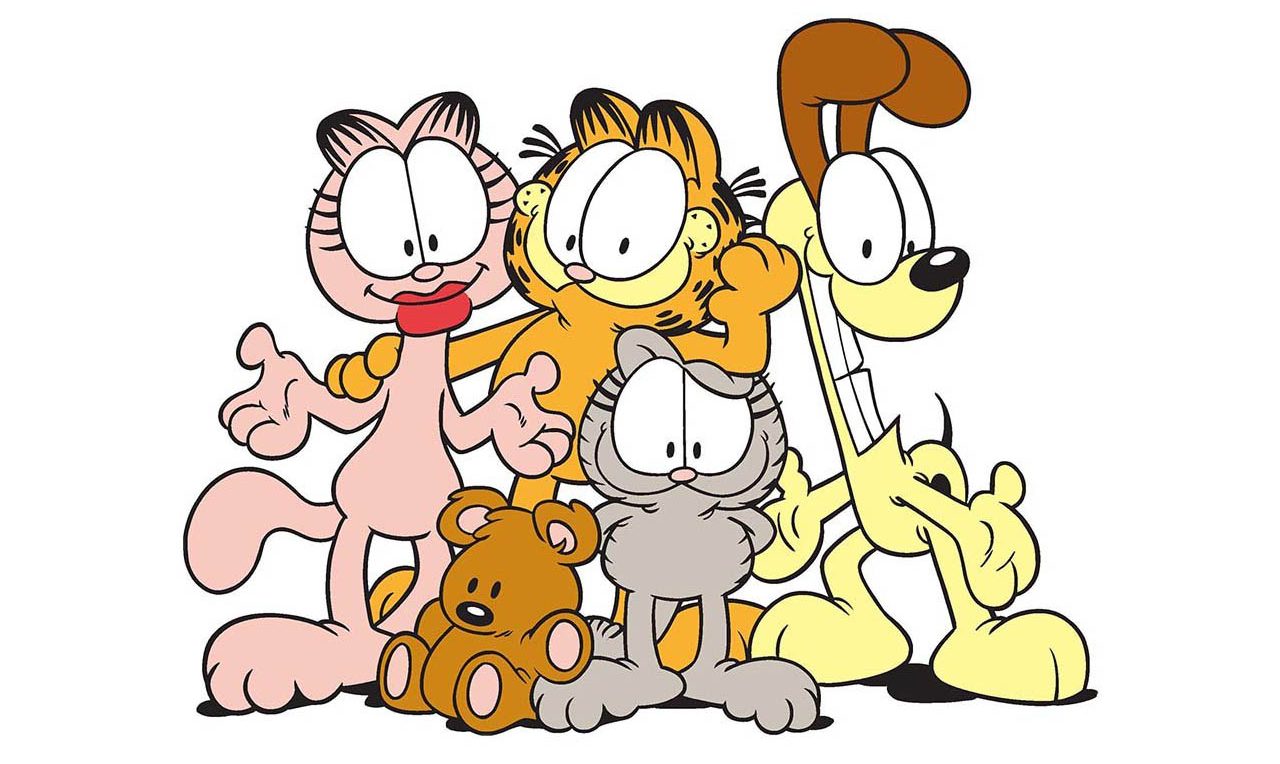
Garfield and Friends aired in 1988, basing itself on the popular comic series by Jim Davis. It follows the sarcastic, narcissistic ginger cat Garfield in his adventures around Indiana as he eats as much lasagna as he can while manipulating others to get what he wants.
The Simpsons
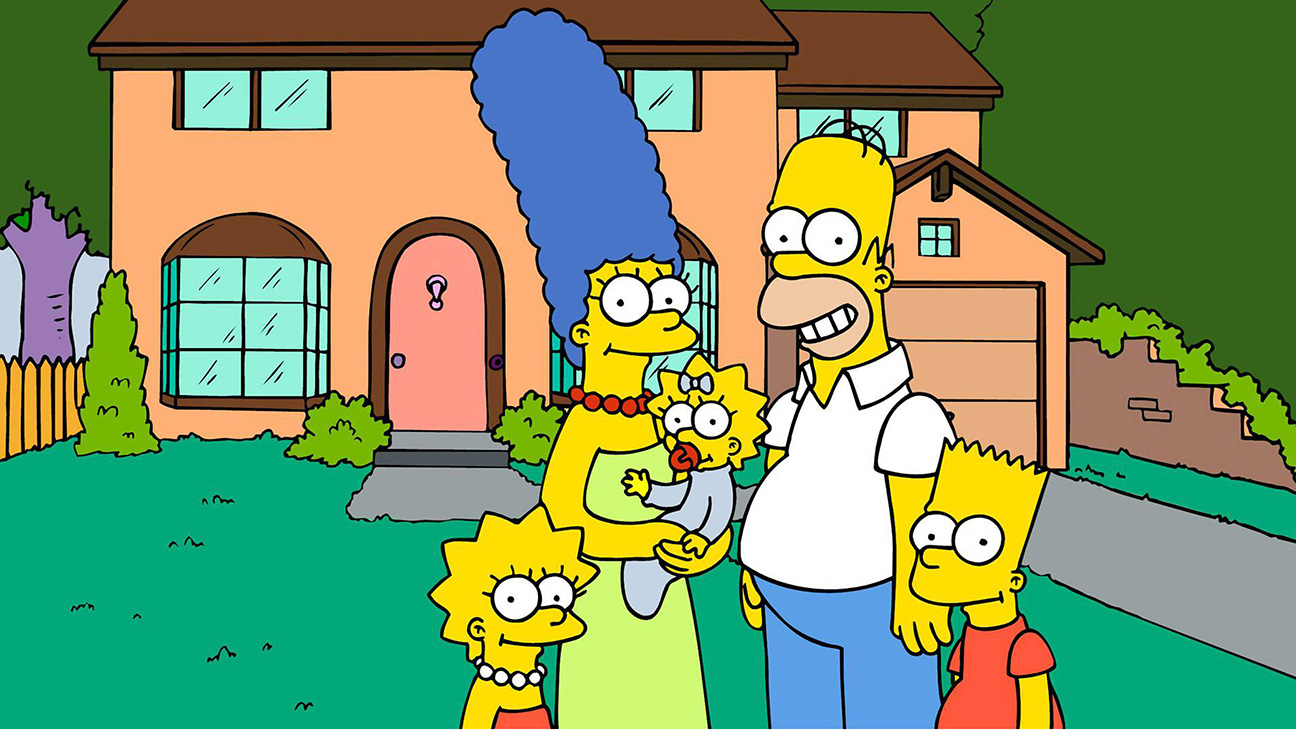
Perhaps the most famous cartoon series of all time, The Simpsons crept in at the very end of the 80s, with the first episode being aired in 1989. It followed the lives of Homer, Marge, Bart, Lisa, and Maggie Simpson, as they got into all sorts of scrapes throughout their daily lives.
Care Bears
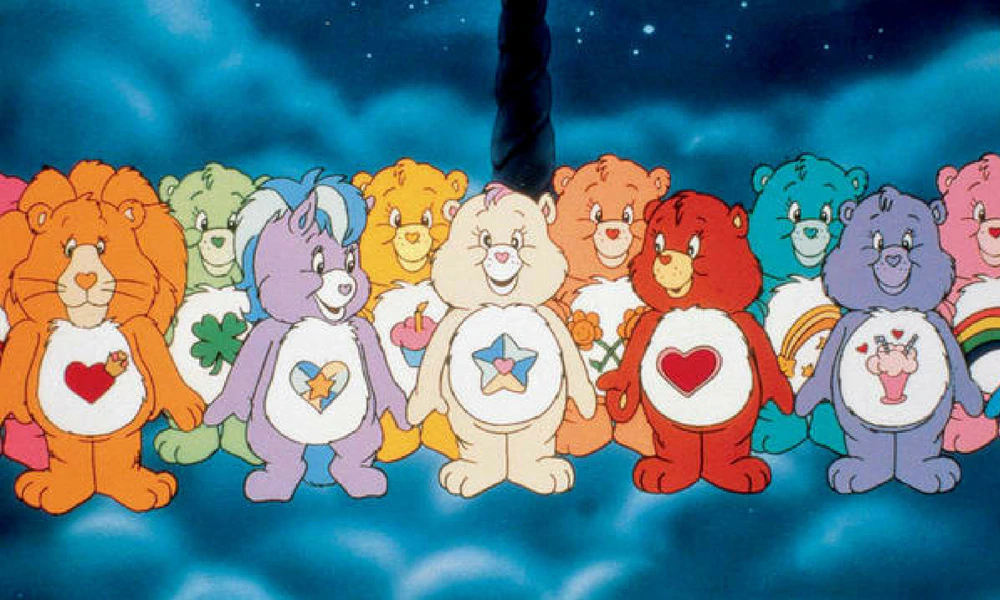
Everything about Care Bears was nice, warm, cuddly, and friendly. Its whole purpose was to present the way we should all behave toward one another. The bears even lived in a place called Care-a-Lot. Each bear represented an attribute or personality trait that made them unique. Unfortunately, children would quickly grow out of Care Bears and go in search of something with a little more edge, such as He-Man or She-Ra.
The Real Ghostbusters
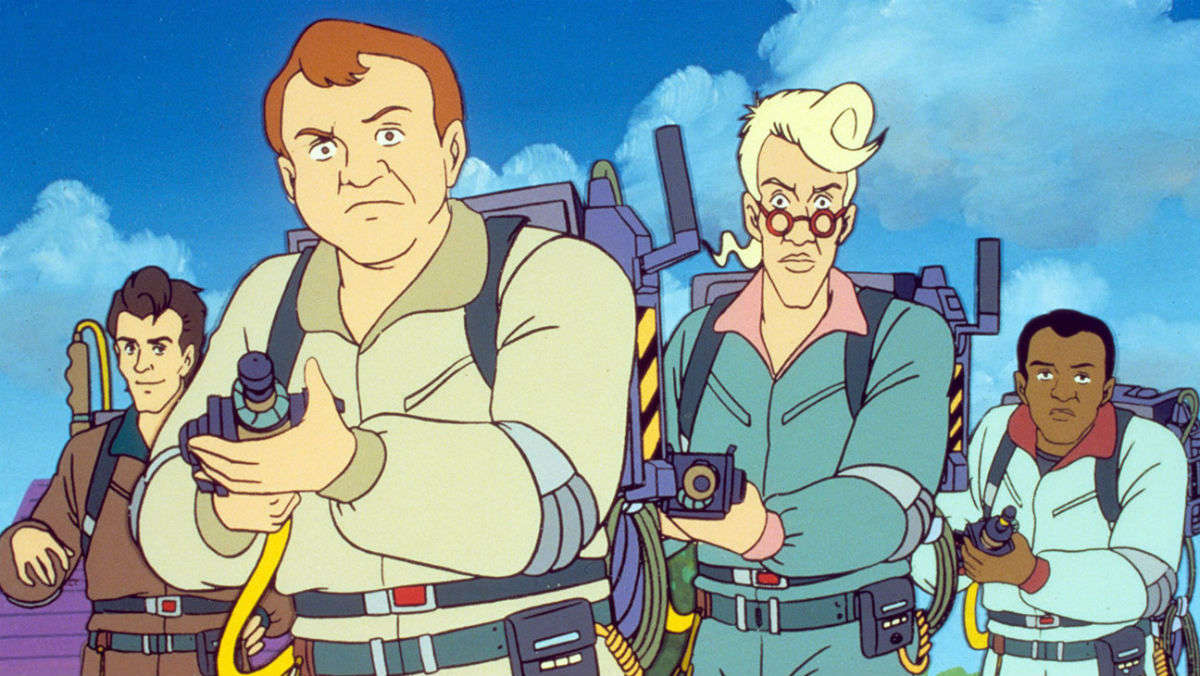
The Ghostbusters movie of 1984 proved such a success that the characters were granted their own animated series two years later. The cartoon follows the same formula as the movie, with the gang running around New York City putting an end to the paranormal misactivity going on in the area.
Alvin and the Chipmunks
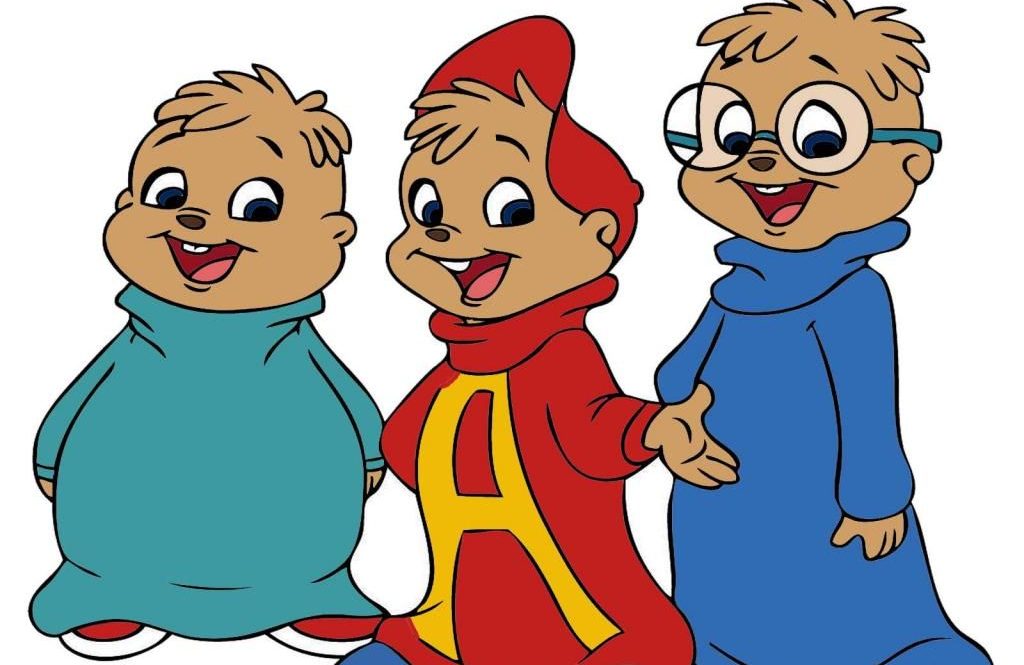
Can you believe that Alvin and the Chipmunks have been annoying parents since 1983? The trio of chipmunks spent their time singing the hits of the day in their squeaky little voices, with one of their original numbers even making it to the top of the US charts. Alvin and the Chipmunks have remained popular among young children to this very day.
She-Ra: The Princess of Power
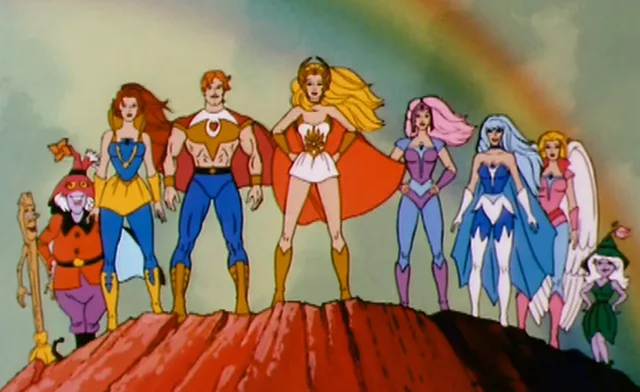
She-Ra: The Princess of Power was essentially He-Man, just aimed at a young female audience. She-Ra was He-Man’s twin sister, and the program involved her leading a group of freedom fighters in the battle against the tyranny of Hordak and his Evil Horde. She-Ra presented a welcome representation of a female superhero that was not often present in the 1980s.
The Poddington Peas
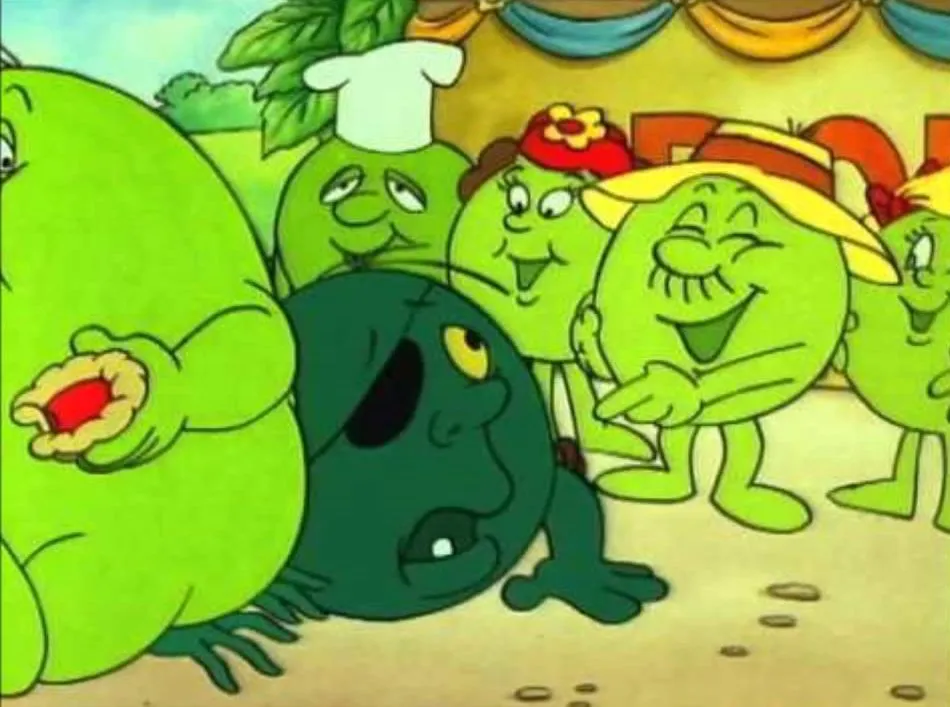
Blink and you’d have missed the British cartoon, The Poddington Peas. There were only 13 episodes of the show, with each being a mere five minutes long. The show follows the lives of a group of peas living in upturned flower pots at the end of the garden. A second series was in production, with the intention of marketing the show to a US audience, but plans were scrapped and never revitalized.
G.I. Joe: A Real American Hero
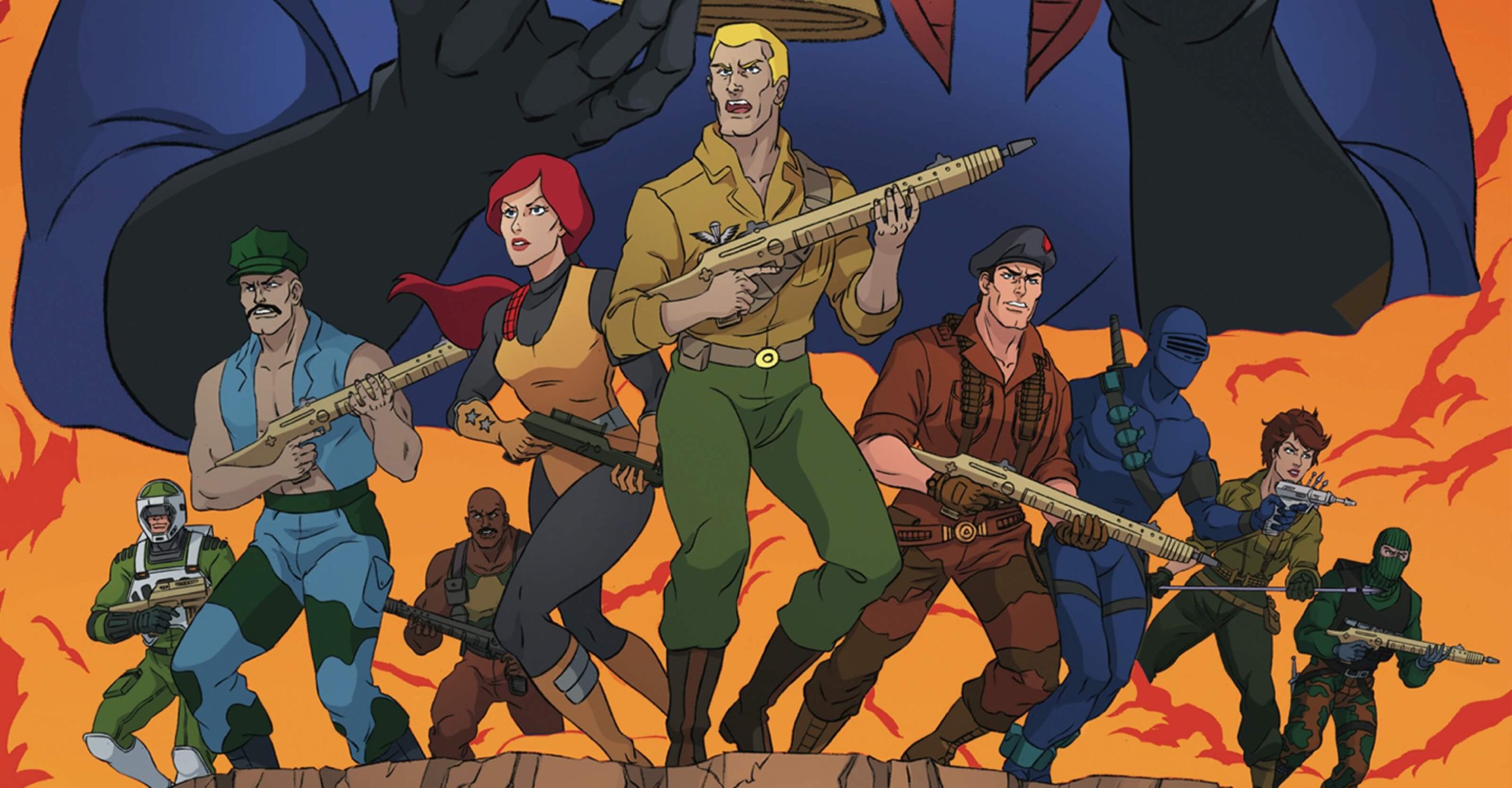
G.I. Joe: A Real American Hero, like many cartoons, started off as a comic book series, which eventually resulted in G.I. Joe being made into action figurines. However, the kids who didn’t read the G.I. Joe comics were left to their own devices to decide what sort of character their figurine was. Making the series into a cartoon fleshed out the character for these children, giving them more context around their toy. Figurine sales subsequently shot up once G.I. Joe made it to the small screen.
Scooby and Scrappy-Doo
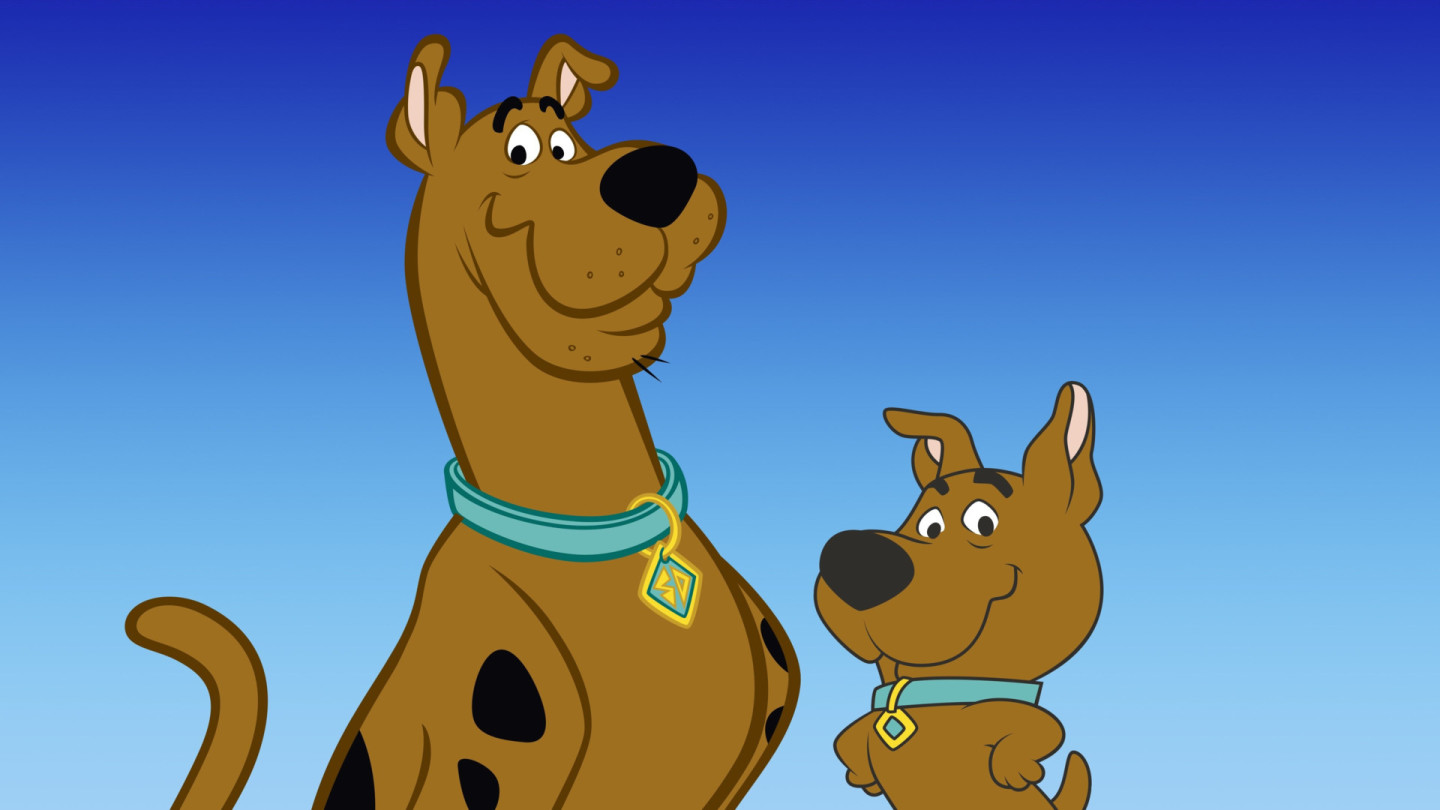
It’s likely that everyone is aware of Scooby-Doo and its characters, but 1980 saw the introduction of the show’s spinoff, Scooby and Scrappy-Doo. The show focused on Scooby’s adventures with his nephew Scrappy, away from the rest of the Mystery Inc. gang. Scooby’s best friend Shaggy did make the occasional appearance, with some episodes including neither Shaggy nor Scooby.
The Super Friends
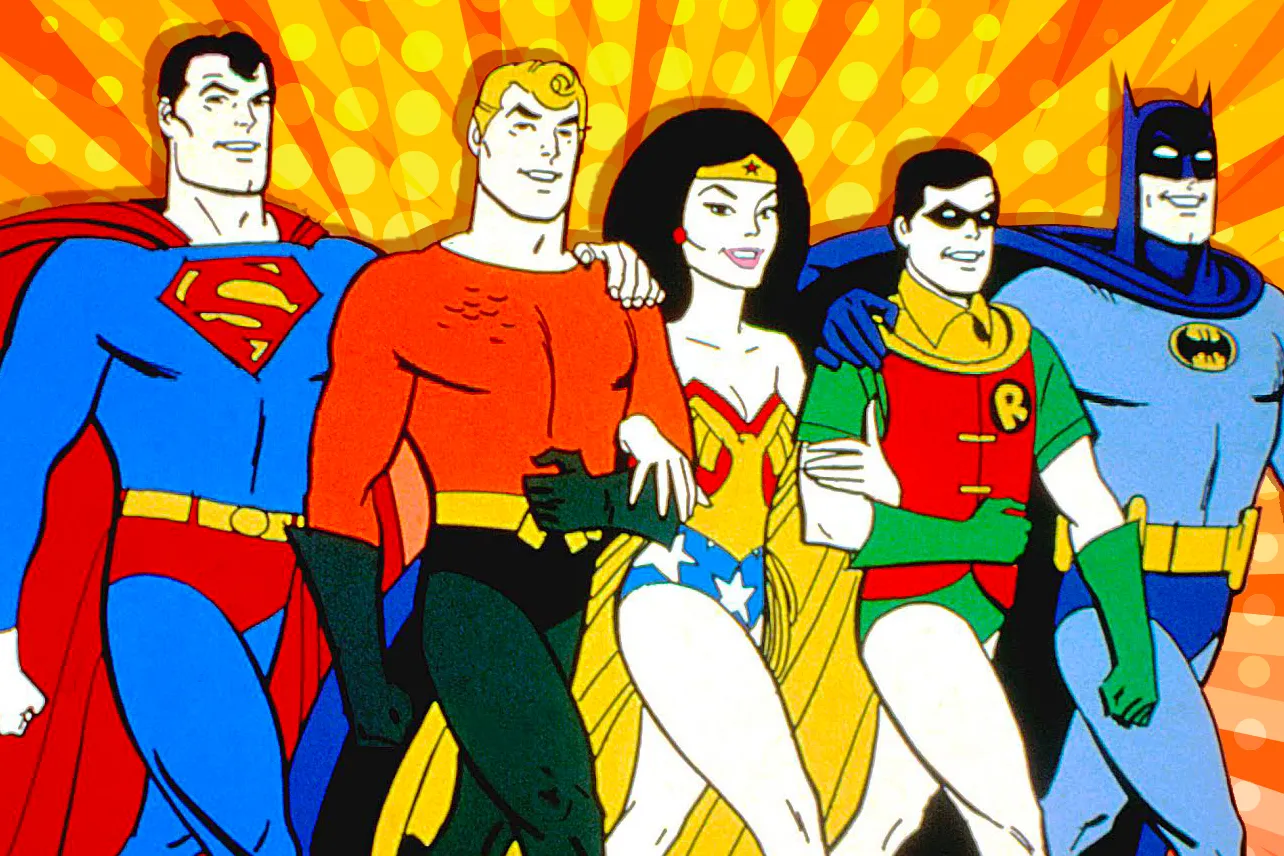
The Super Friends were a selection of crime-fighting DC Justice League superheroes, brought together for seven-minute shorts which aired among a selection of other short cartoons on Saturday mornings in the US. The popularity of the cartoons spawned a variety of video games and spinoffs.
Voltron
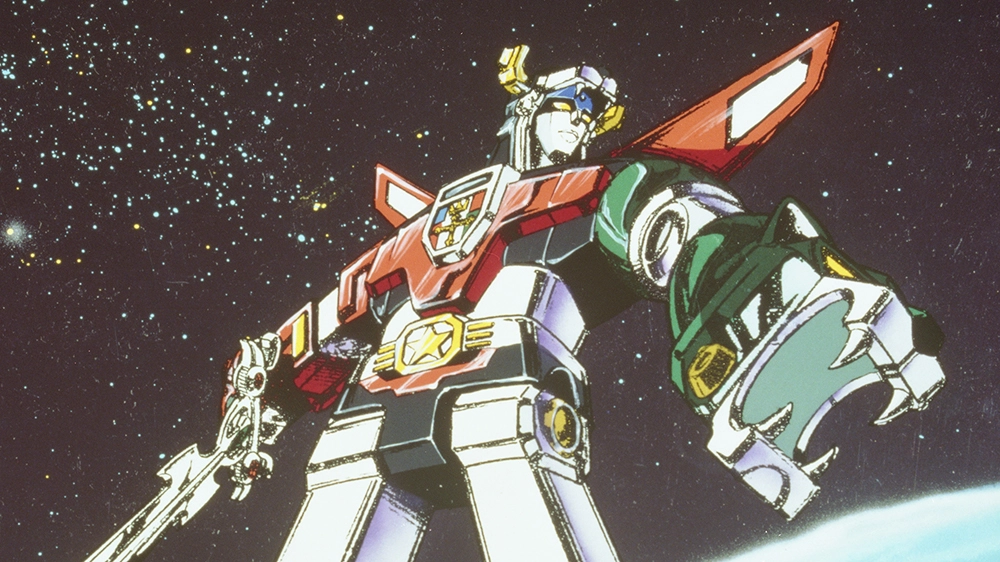
Voltron was based on a Japanese anime series that first aired in 1984. The premise for the show was probably easier for the kids to get a grip on than it was for adults, with five pilots commanding five robot lions to make the ultimate robot. This ultimate robot then had to fend off artificially created monsters in order to save the world. It sounds complex, but it had many a child sitting on the edge of their seat.
Beetlejuice
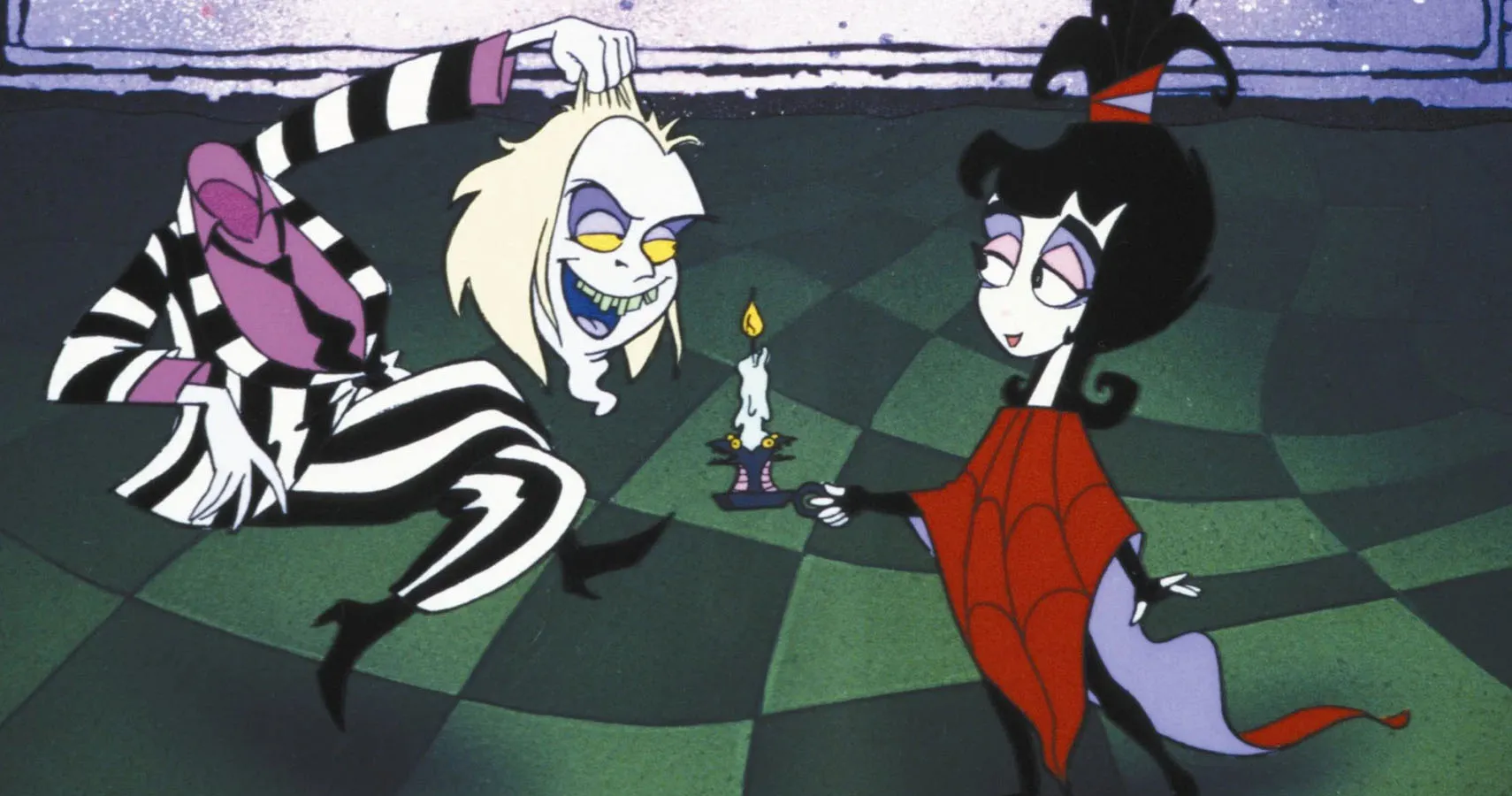
Tim Burton’s Beetlejuice animated series first aired on September 9 1989 and was loosely based on the live-action 1988 Beetlejuice movie. The cartoon was purposely creepy, as is often the case with Burton’s work, but it went down well with many children in the USA. The premise of the show was based around the title character, Beetlejuice, a prank-loving ghost from the Neitherworld.
Dennis the Menace
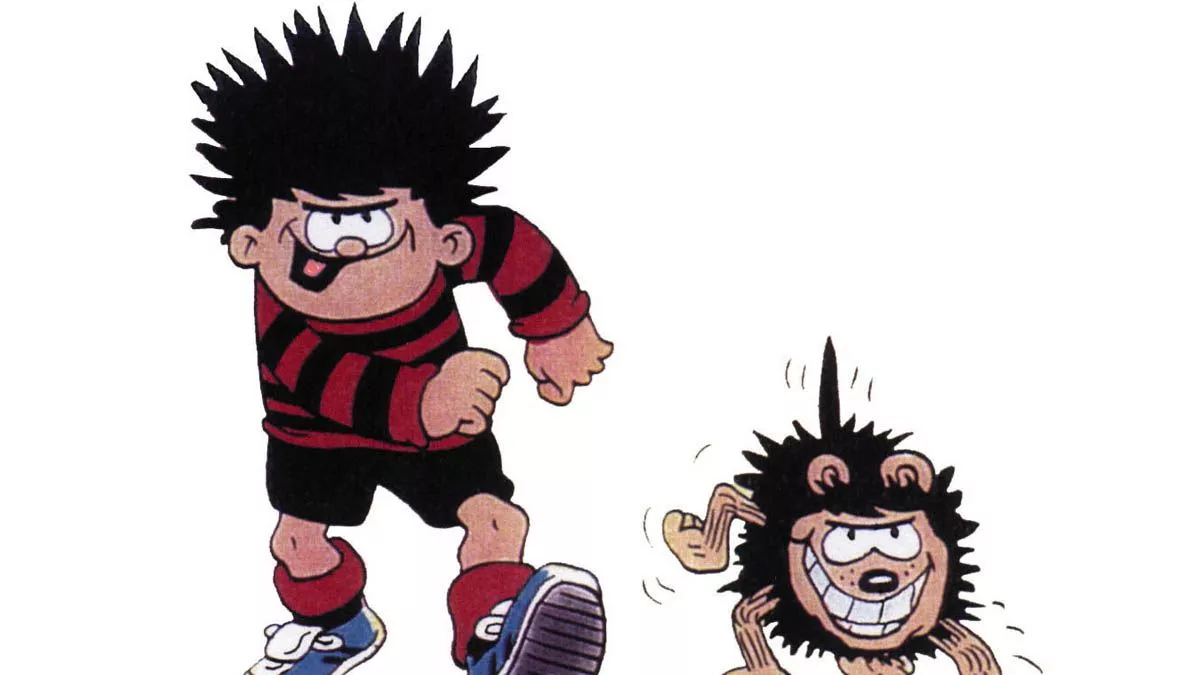
Dennis the Menace was a cartoon adaptation of the popular Beano comic book character of the same name. Dennis was a deviant, badly behaved child who was seldom seen without his trusty slingshot, which many a child tried to replicate with a Y-shaped stick and an elastic band.
Charlie Chalk
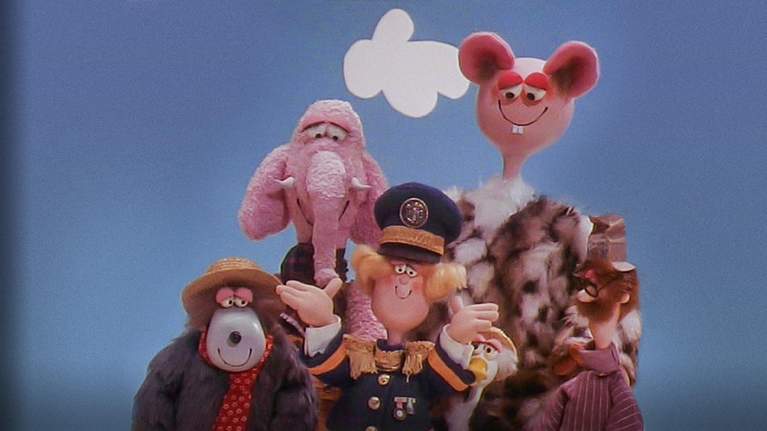
Charlie Chalk was a British stop-motion animation, hailing from the creators of the hit show, Postman Pat. After falling asleep while on a fishing trip, Charlie finds himself in a strange place, named Merrytwit. Charlie decides to stay on the island after making friends with the locals, as viewers follow him building his new life in the area.
Rainbow Brite
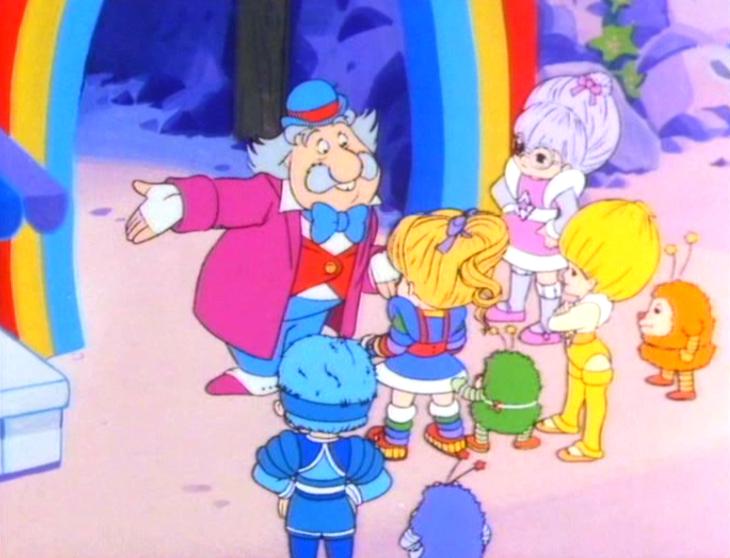
Rainbow Brite was a franchise first introduced to the world in 1984, by Hallmark Cards. Hallmark sold the license for Rainbow Brite to Mattel, which spawned merchandise and a cartoon series. The series was fairly marketable, with dolls, books, and even music available for purchase. While Rainbow Brite is no longer a household name, there was a reboot of the series released in 2014.
Babar
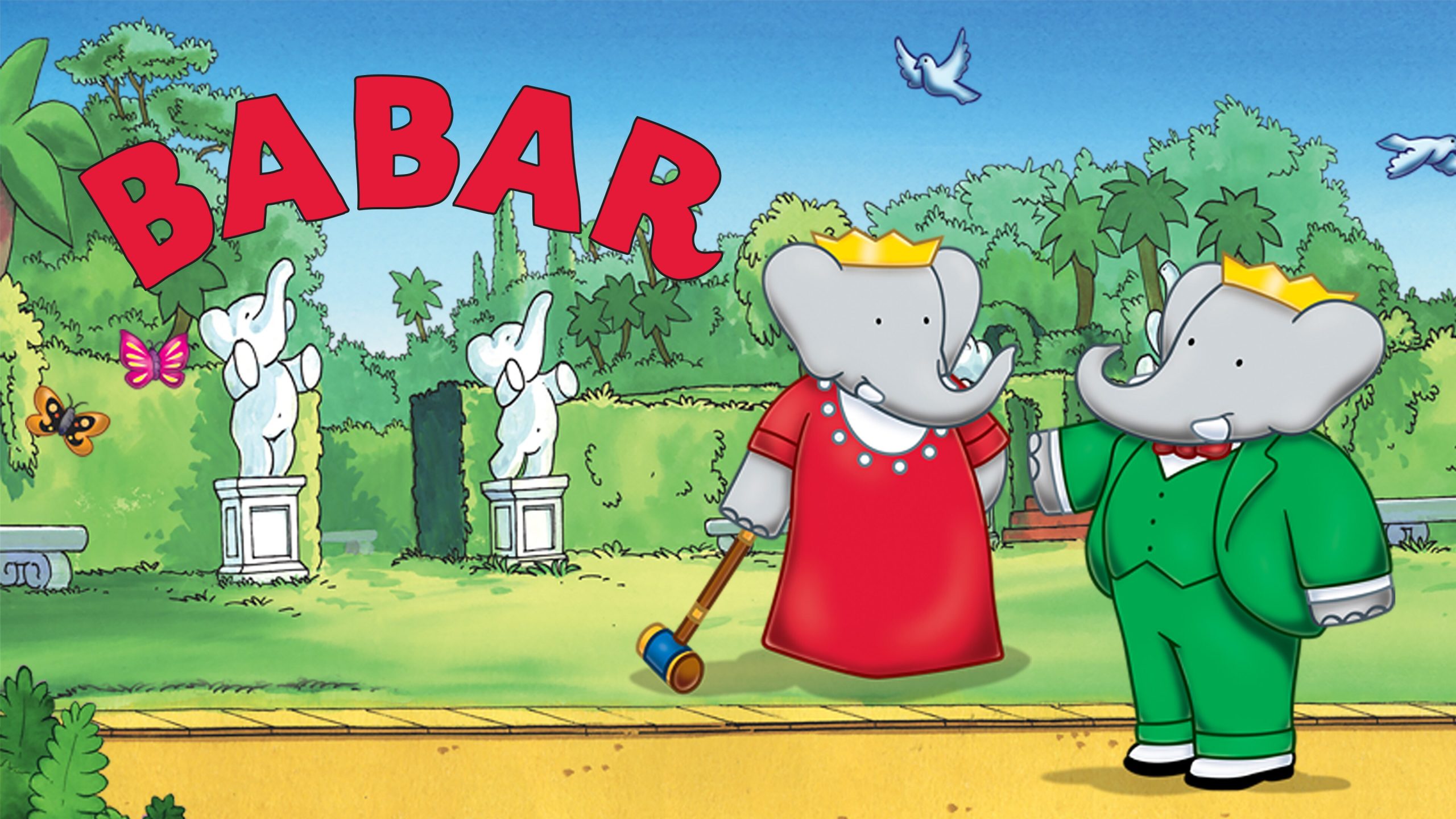
Babar was a cartoon adaptation of the French children’s books written by Jean de Brunhoff in the 1930s. The stories were originally told as bedtime stories and focused on an elephant who had been traumatized by the death of his mother at the hands of poachers. Jean’s son Laurent continued Babar’s legacy by turning the stories into adorable cartoons, which first aired in the 1980s.
The New Adventures of Winnie the Pooh
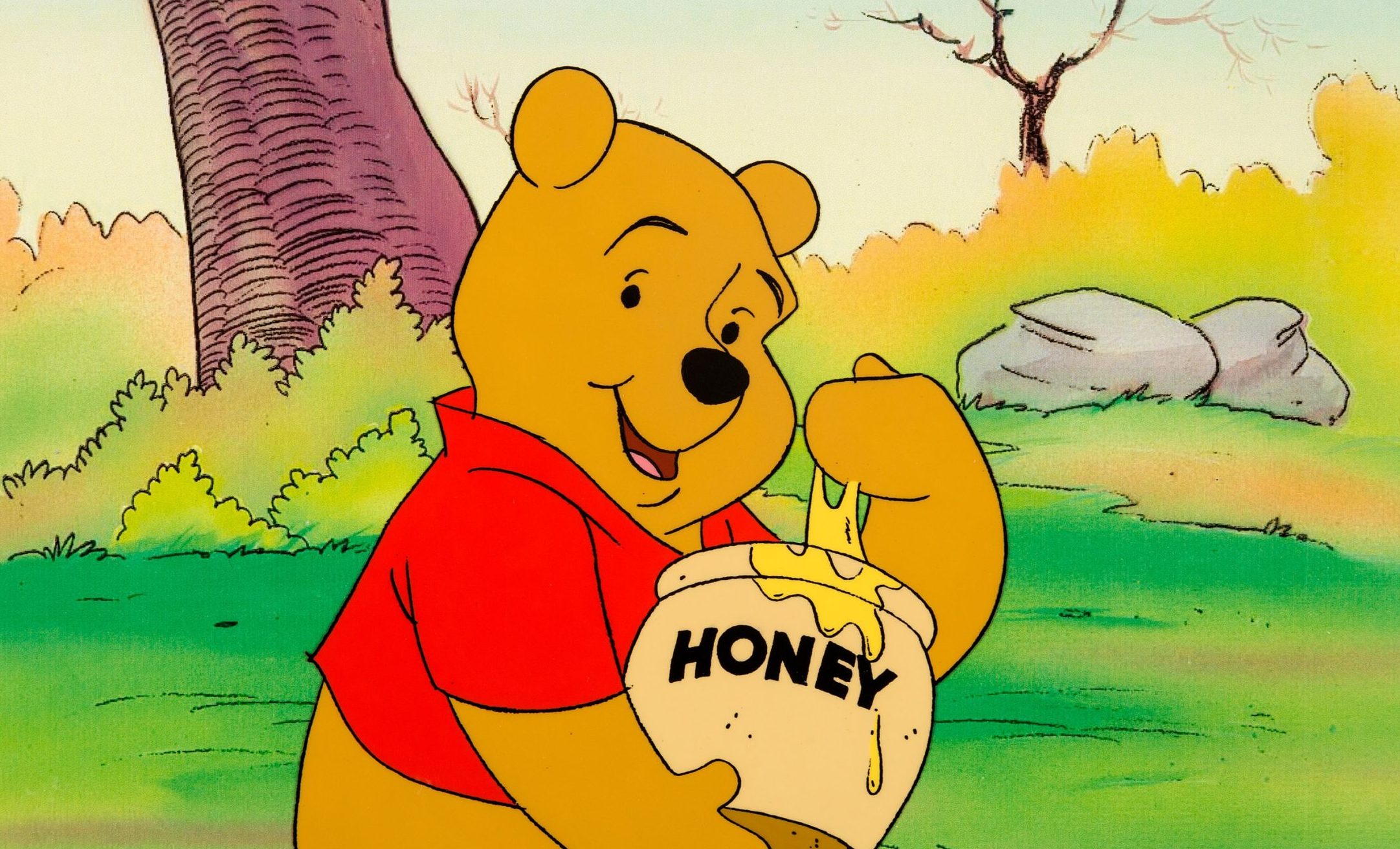
The New Adventures of Winnie the Pooh was a cartoon based on A.A. Milne’s classic stories from the 1920s. The cartoon first aired in 1988 and featured all of the beloved characters from the book, including Tigger, Piglet, and Christopher Robin. The cartoon was wonderfully received and carried on for four seasons.
My Little Pony
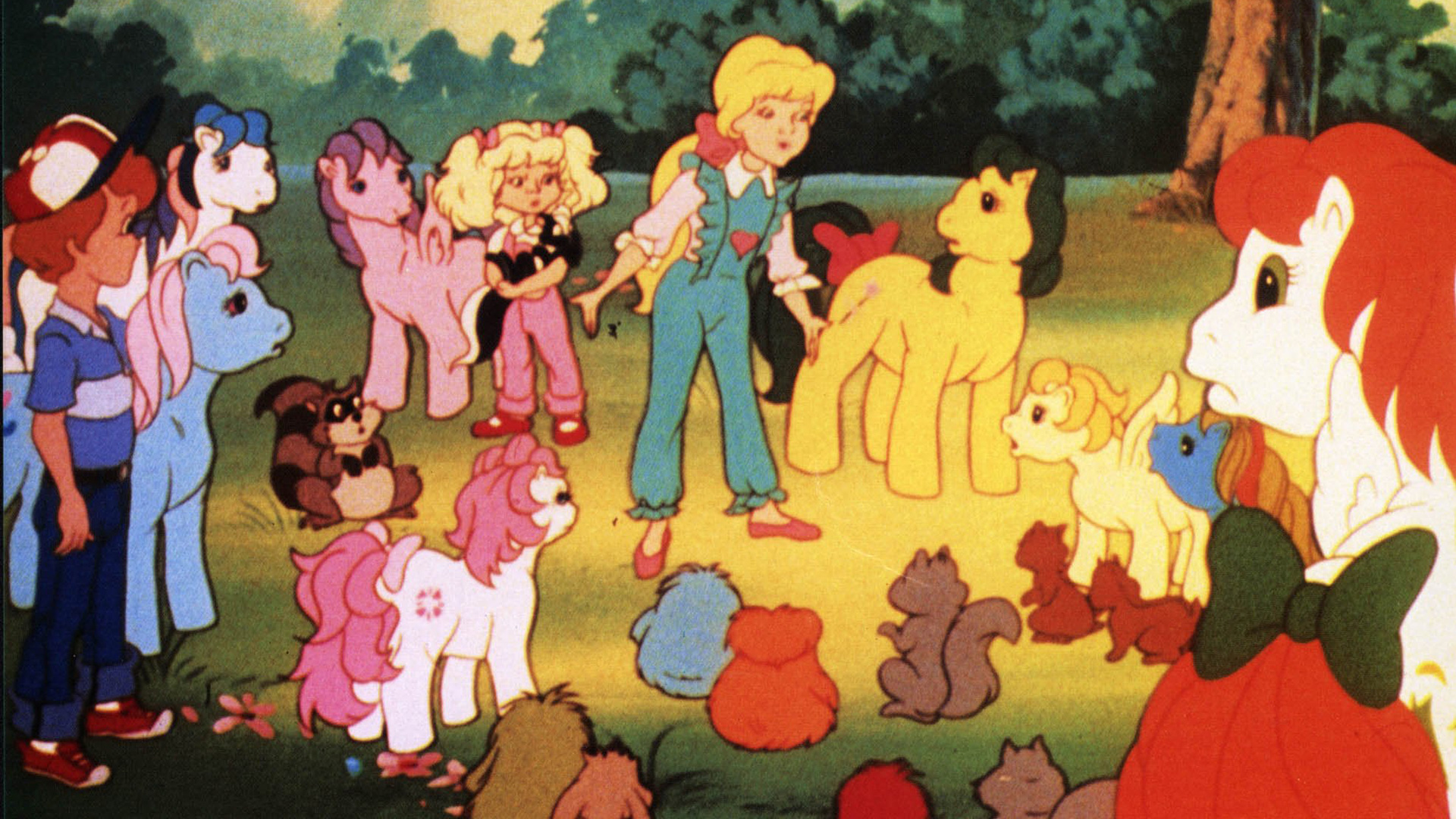
My Little Pony is one of those franchises that has spanned multiple generations of kids around the world. It very much exists in a fantastical universe, full of rainbows and lush green meadows, with the occasional witch, troll, and goblin hanging around to cause disarray.
Good Morning, Mickey!
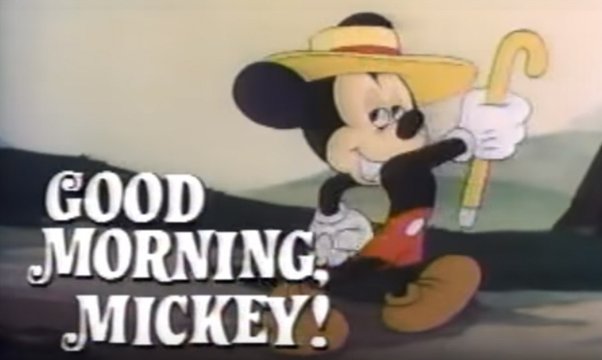
Good Morning, Mickey! was a selection of short animations, usually featuring the face of Disney, Mickey Mouse. Occasionally, other characters such as Chip ‘N Dale, Pluto, Donald Duck, and Goofy would make an appearance. The show was much loved, as most Mickey Mouse content is, and ran for nine years, from 1983 to 1992.
The Trap Door
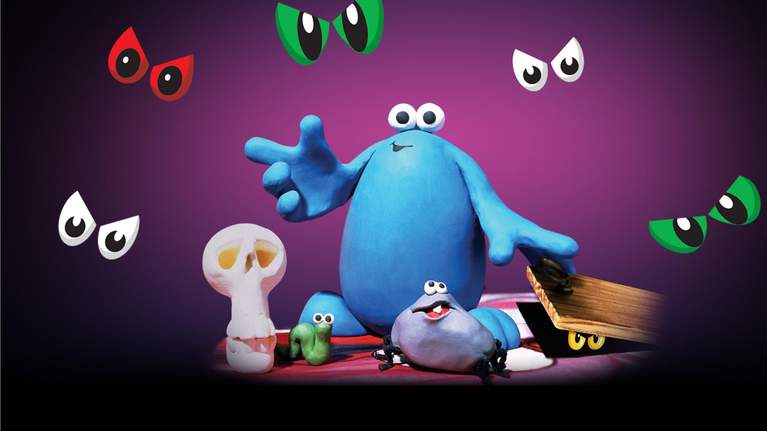
The Trap Door was a British cartoon that first aired in 1986. It was based in a world full of monsters who inhabit a castle. The castle has a trap door, which the monsters frequently remind each other not to open. The show is much loved by those who were around to watch it and is regarded as one of the most recognizable British shows of the 1980s.
The Wuzzles
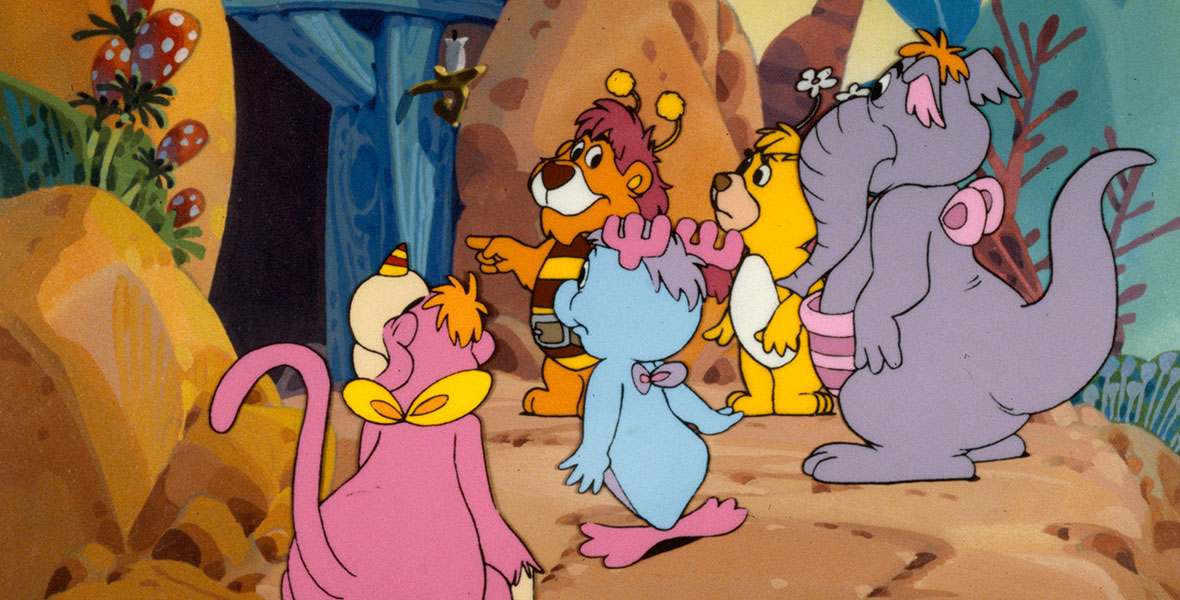
The Wuzzles may have been short-lived, due to the sudden death of Bill Scott, the voice of Moosel, the half-moose, half-seal character. The premise of The Wuzzles was that each character was a mixture of two different animals, a concept which is both intriguing, yet slightly uncomfortable.
The Littles
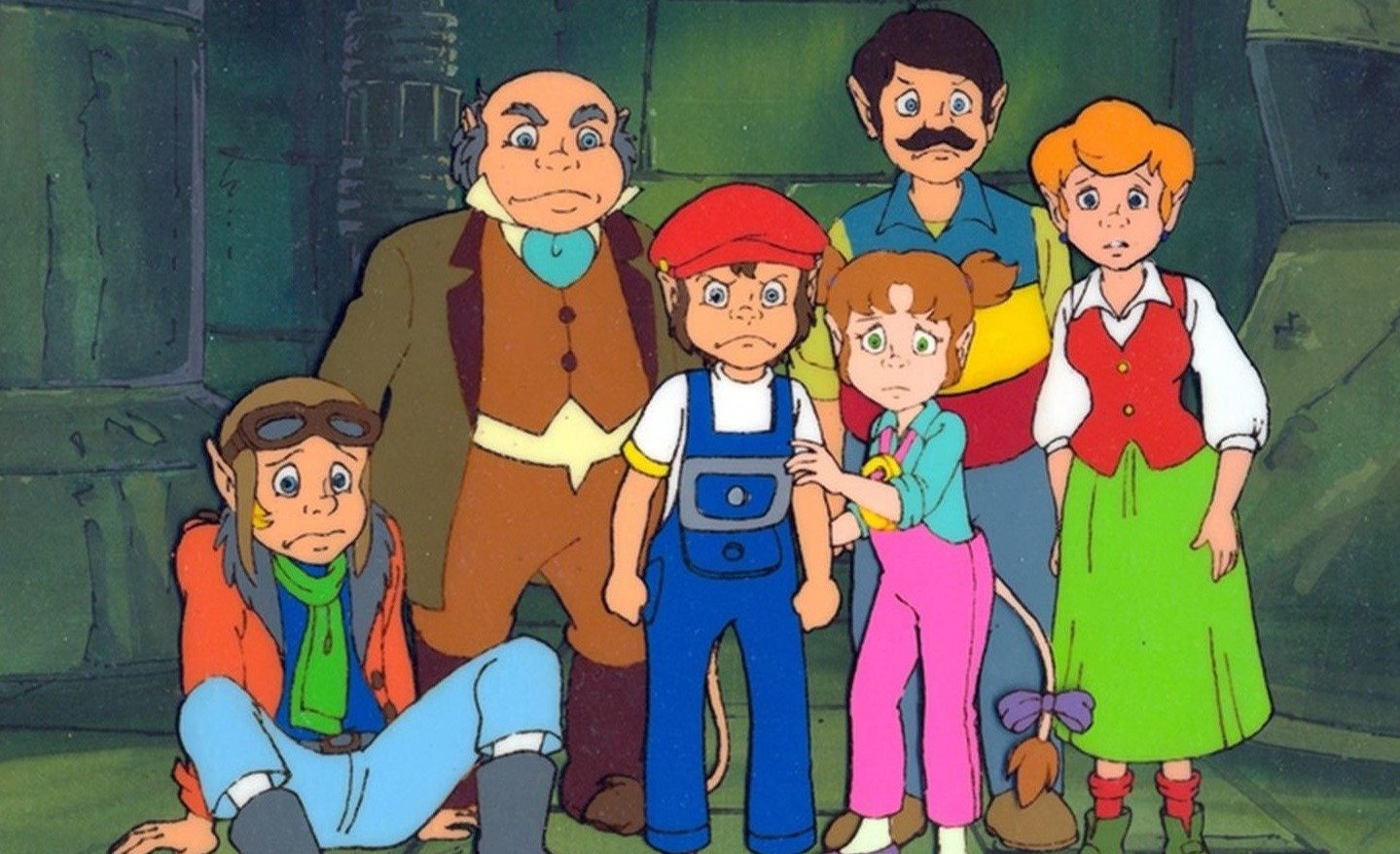
The Littles was an American cartoon that ran from 1983 to 1985. It was based on the series of children’s books of the same name, which were written in 1967. The cartoon focuses on the Little family, who are, as their name suggests, very small. They live in a house owned by the Bigg family and have to get by without being spotted. Yep, it’s a rip-off of The Borrowers, which was written in 1952.